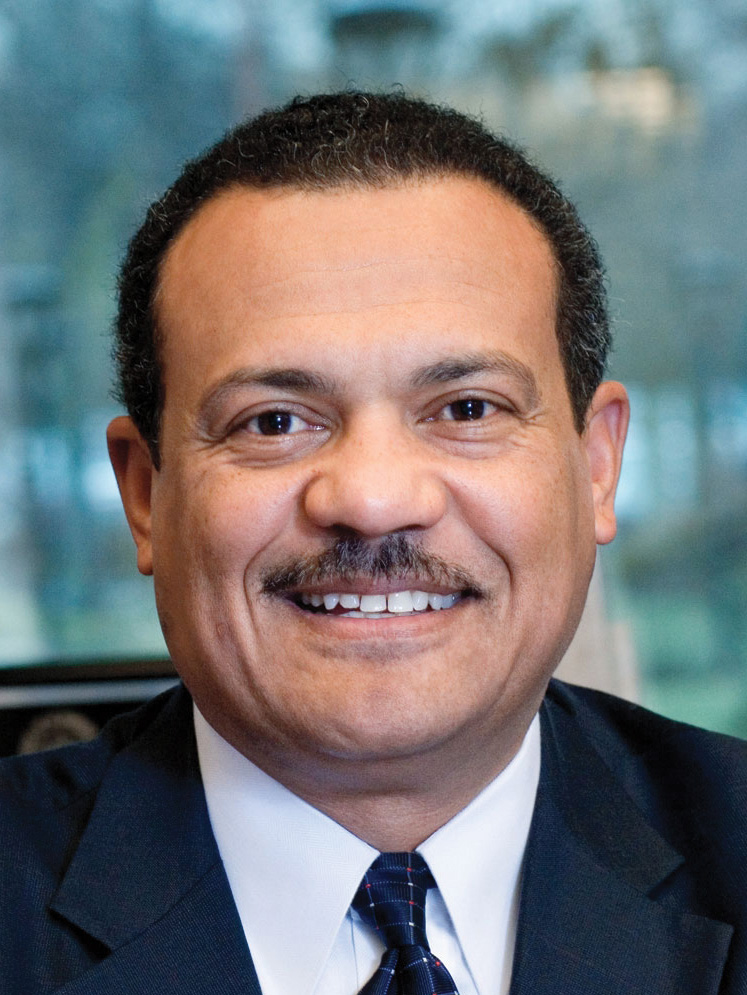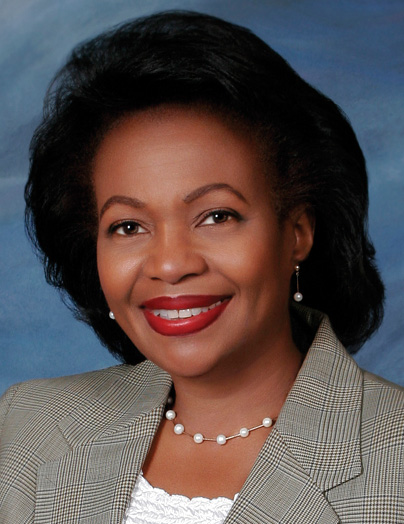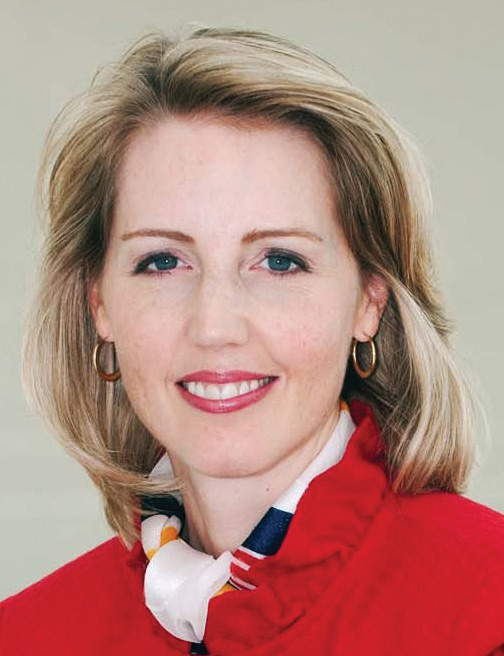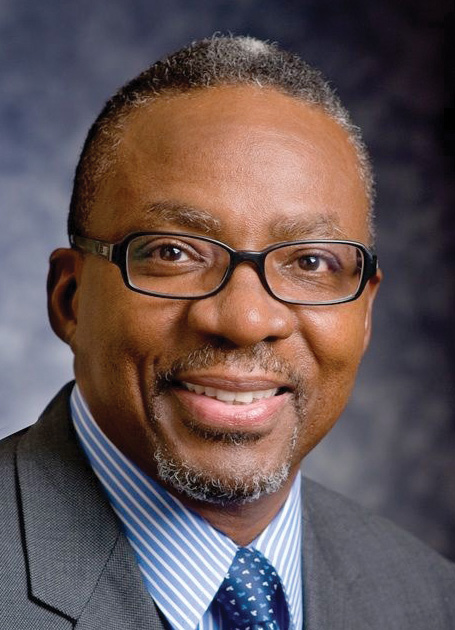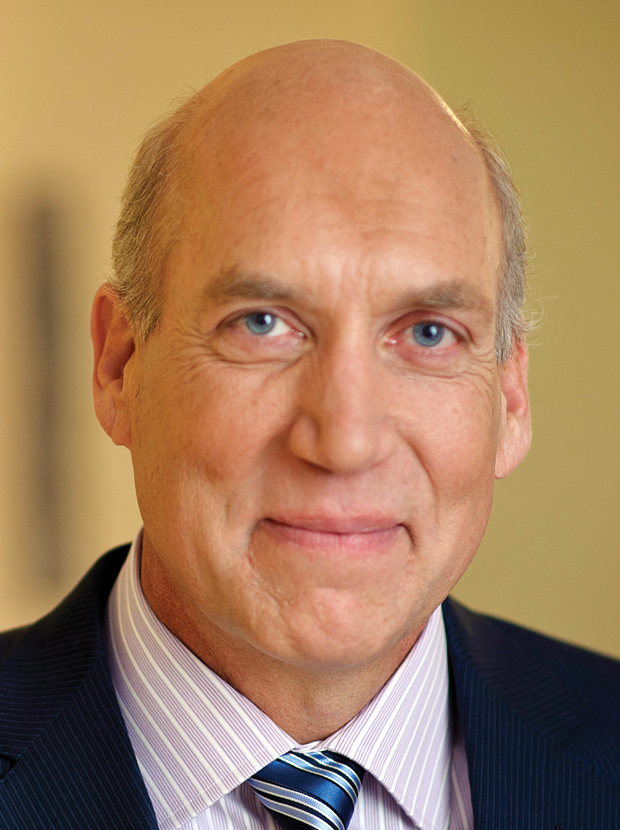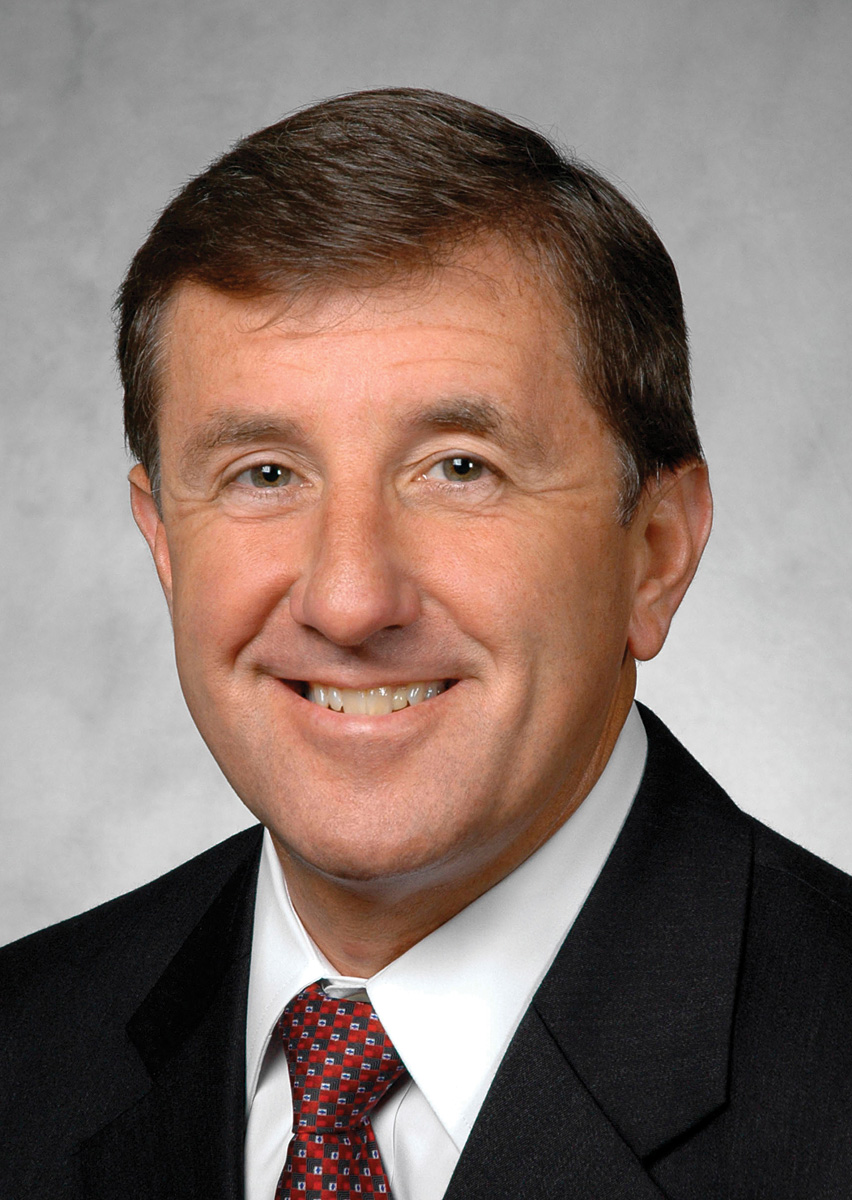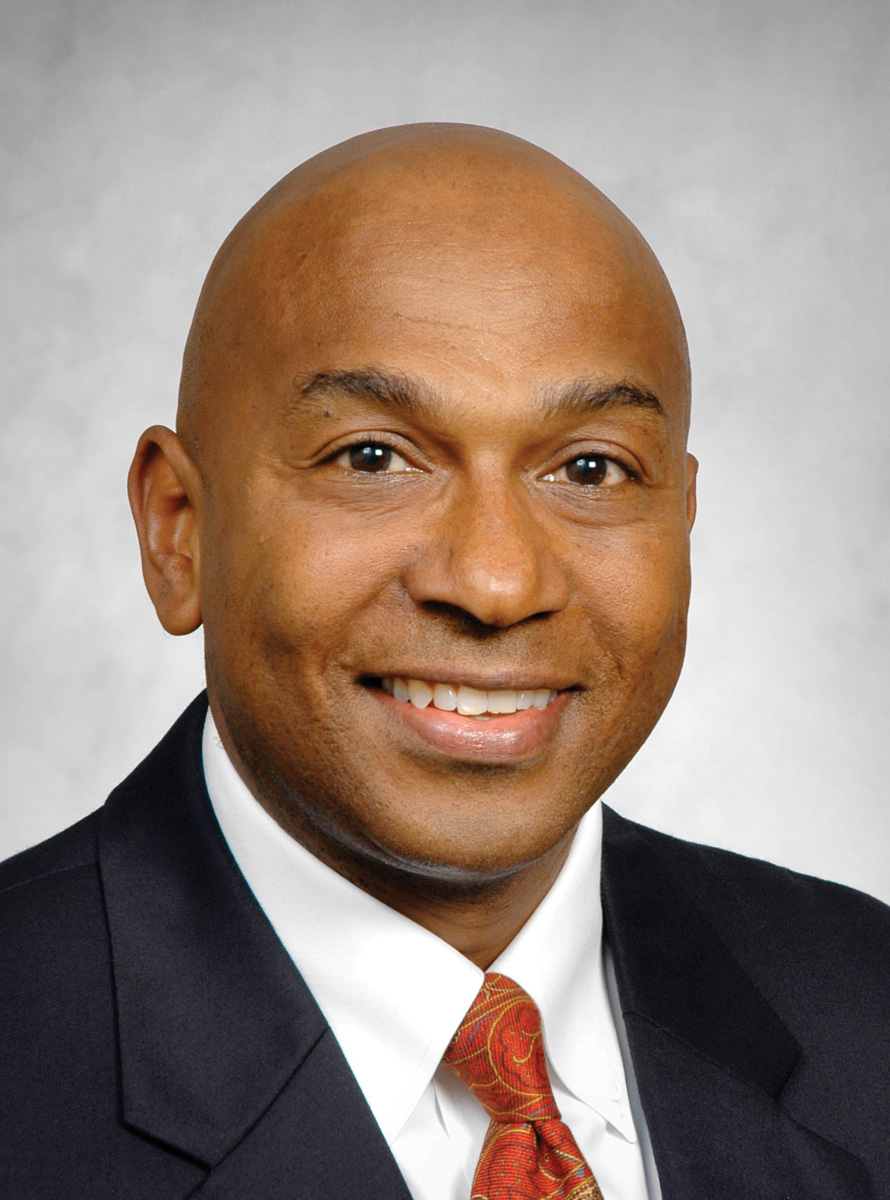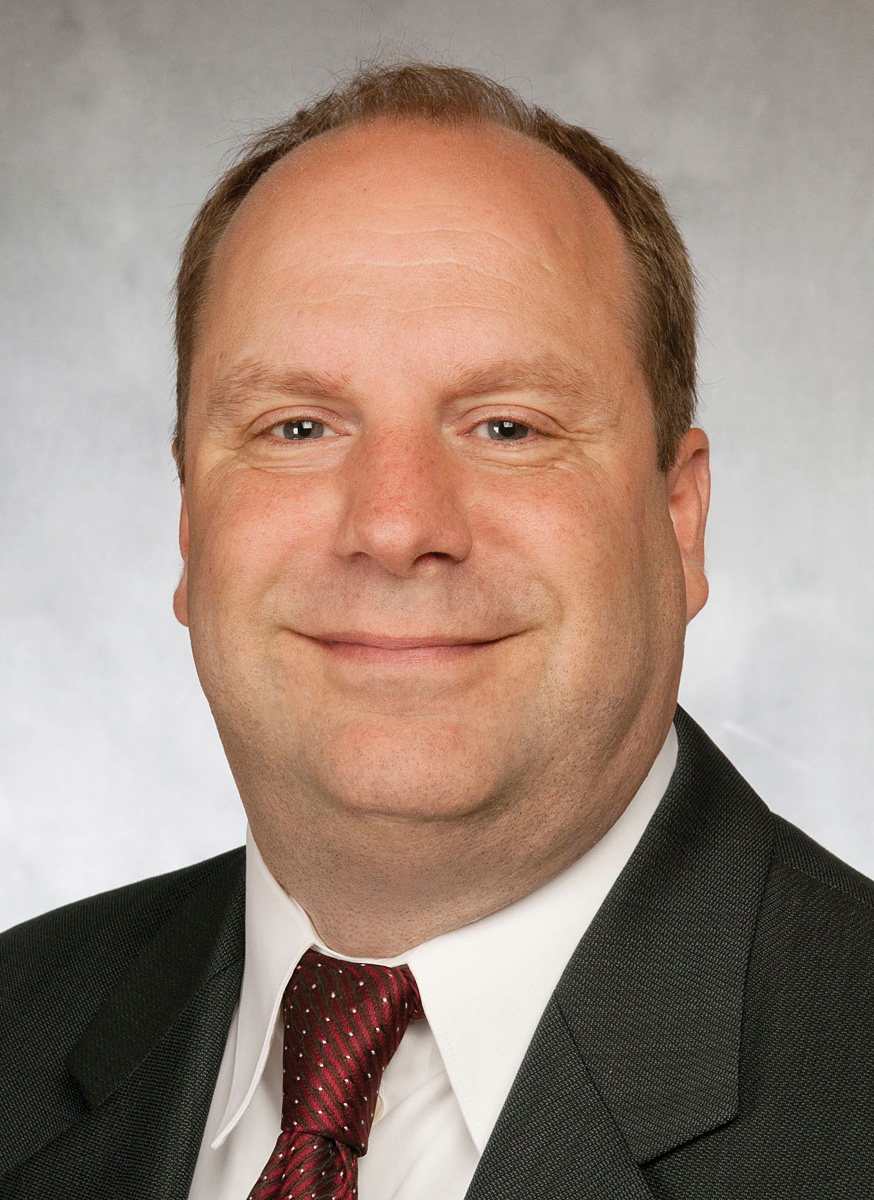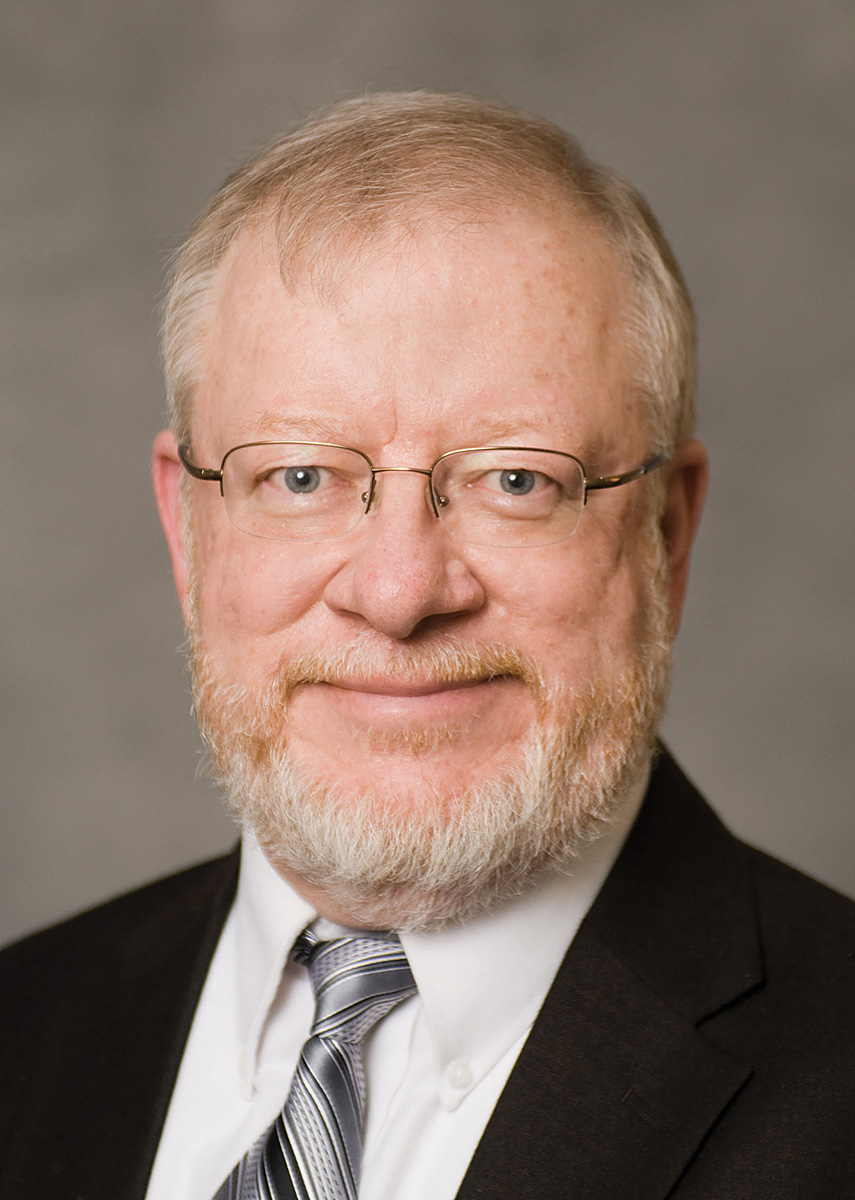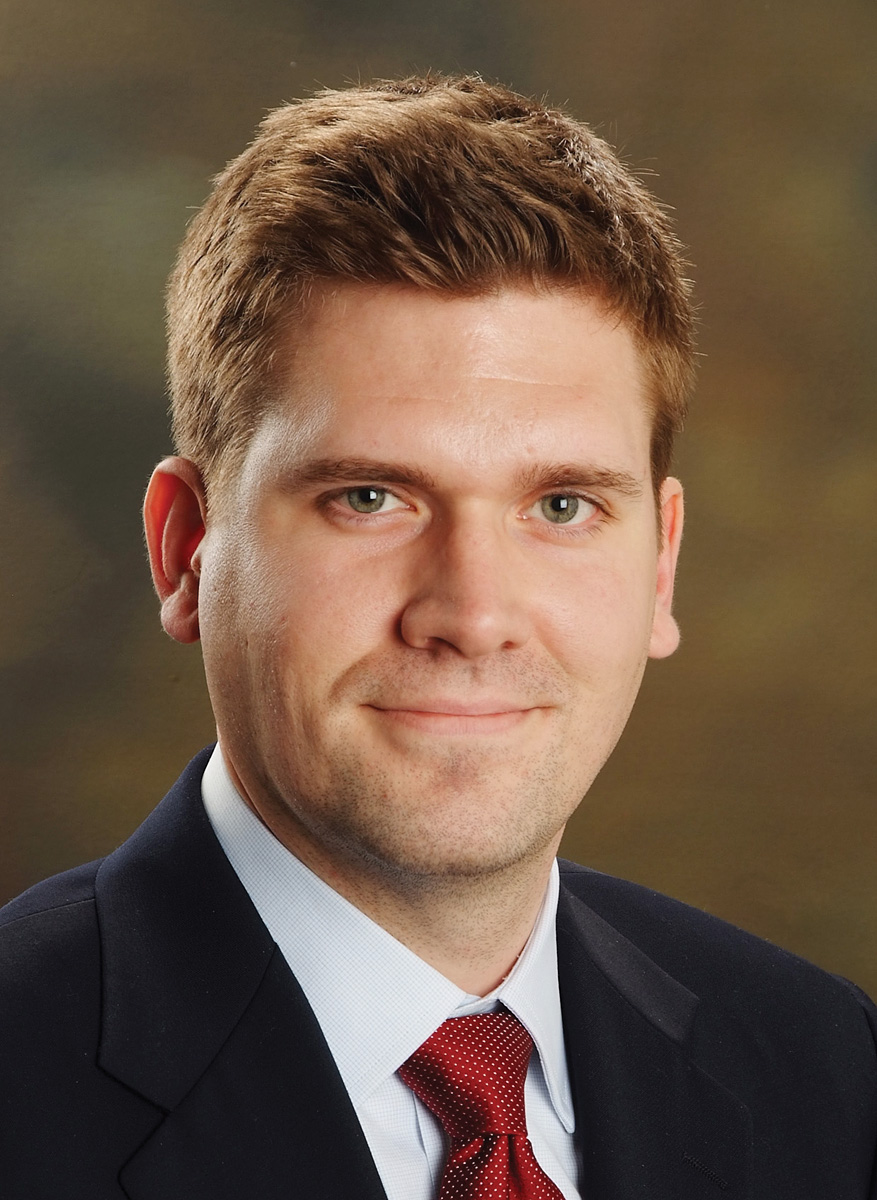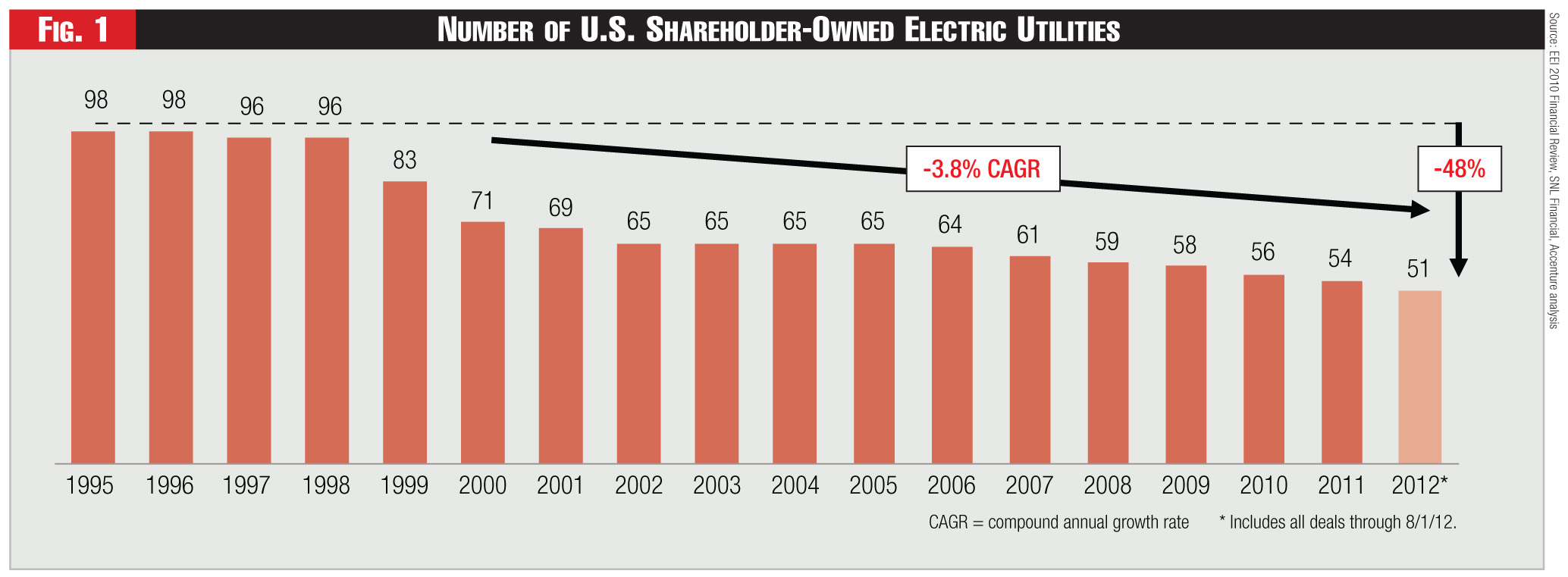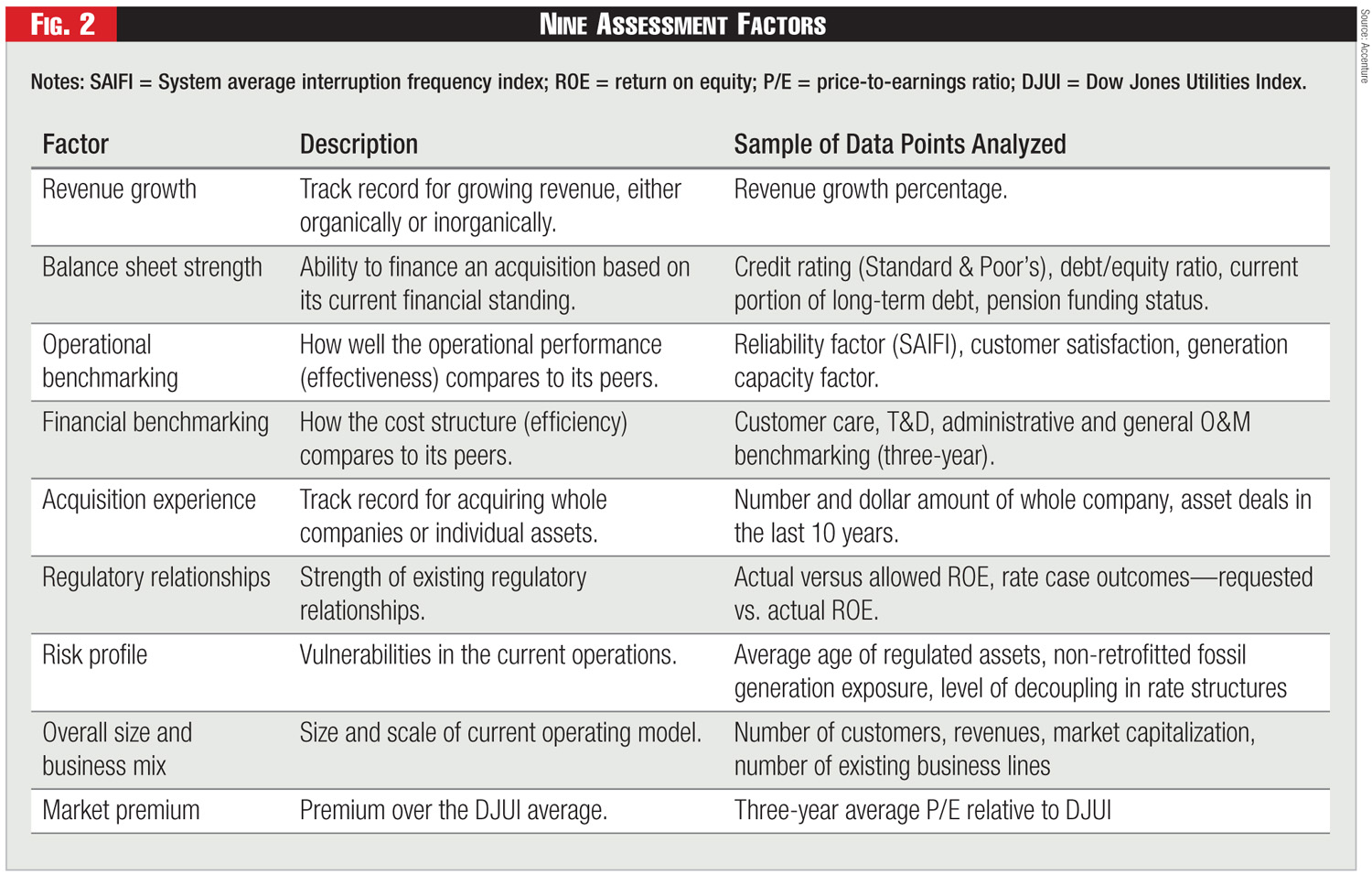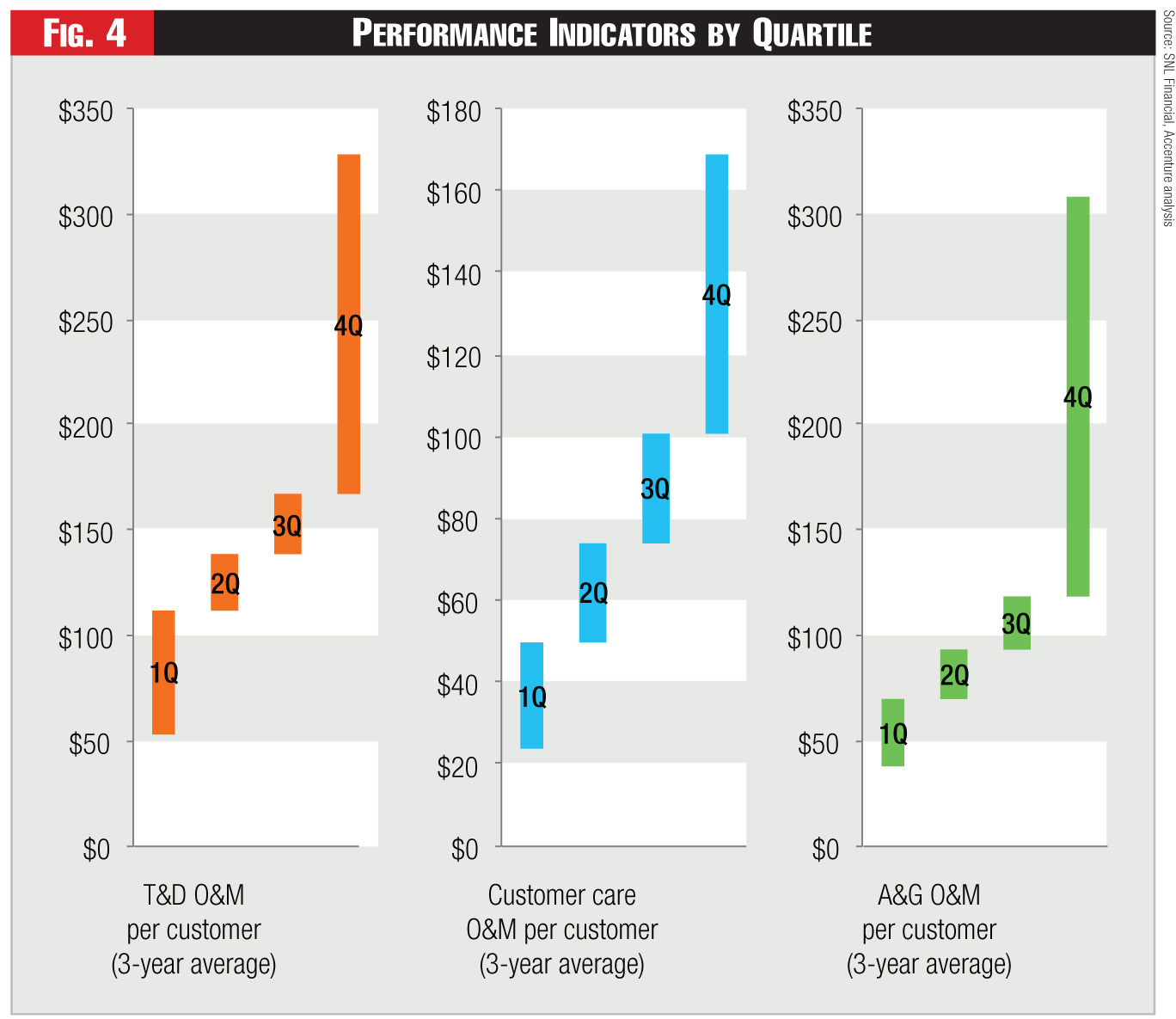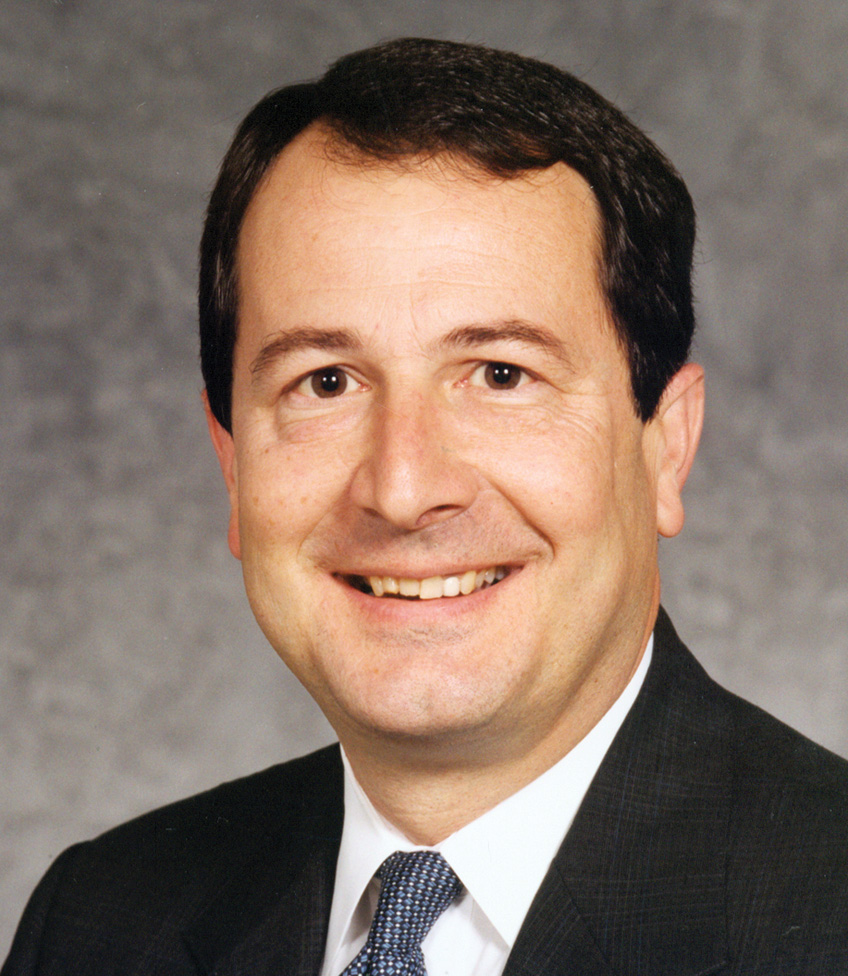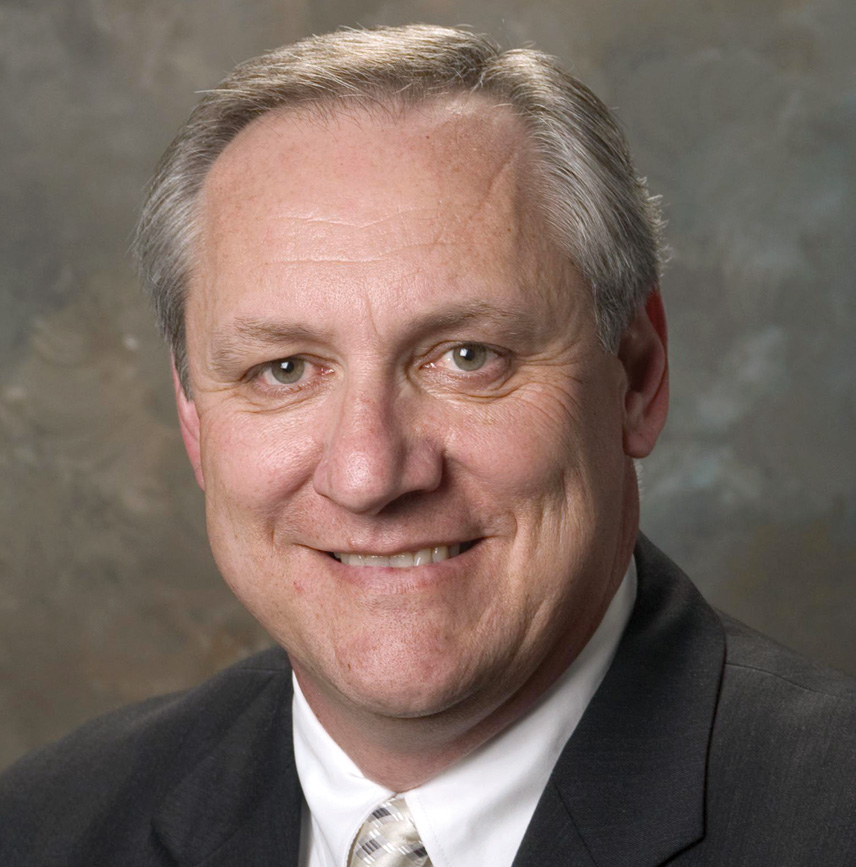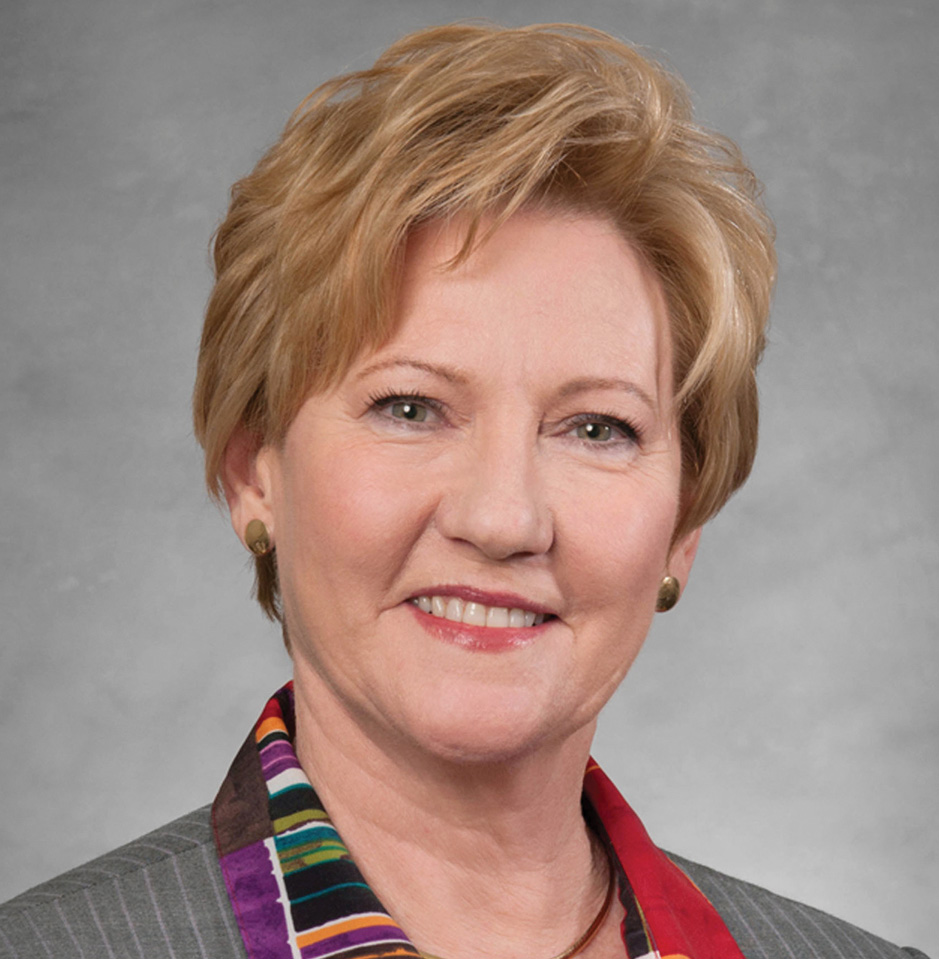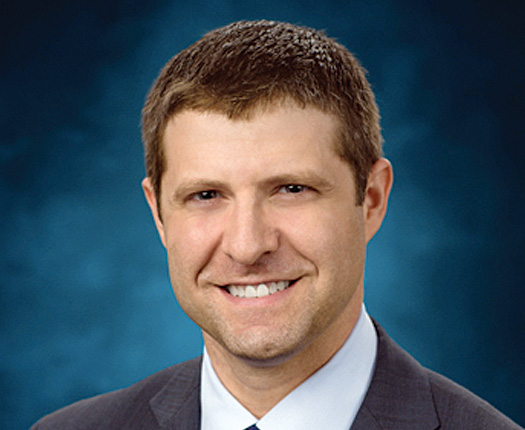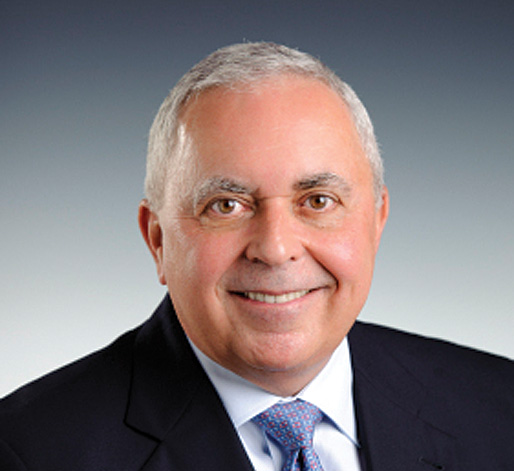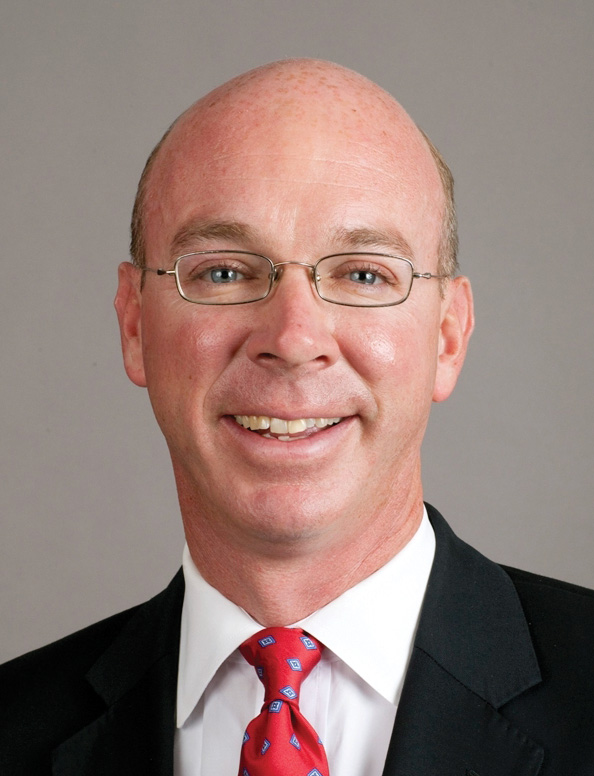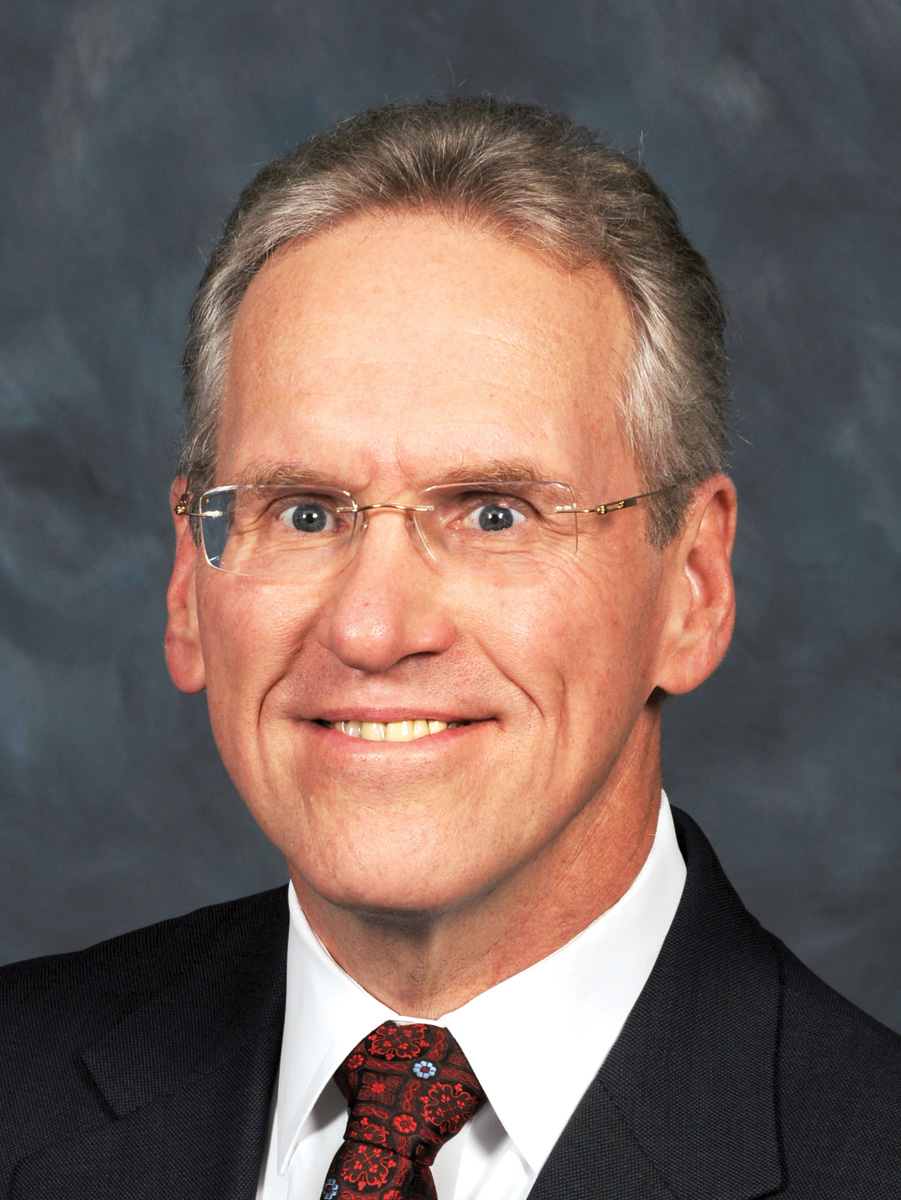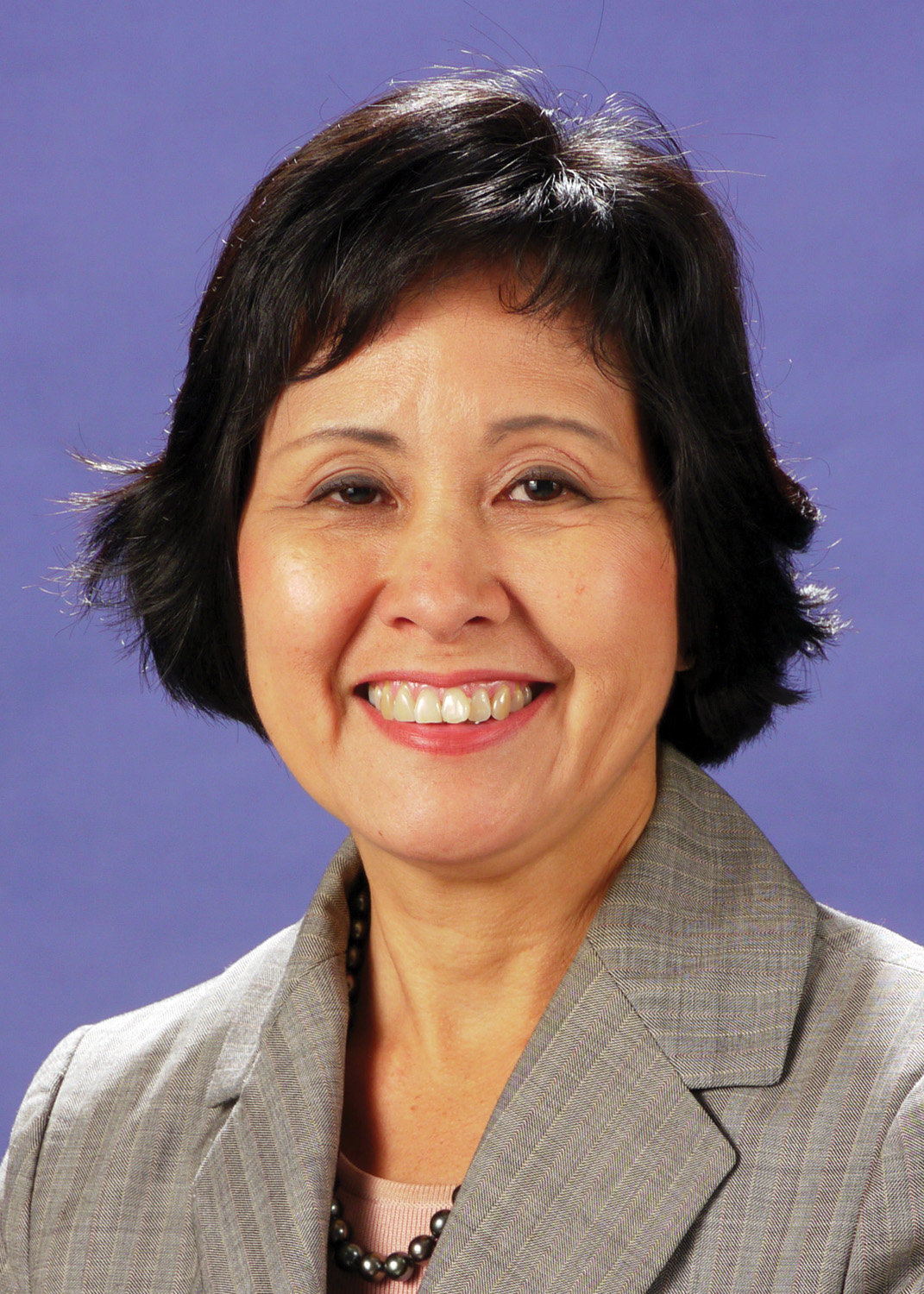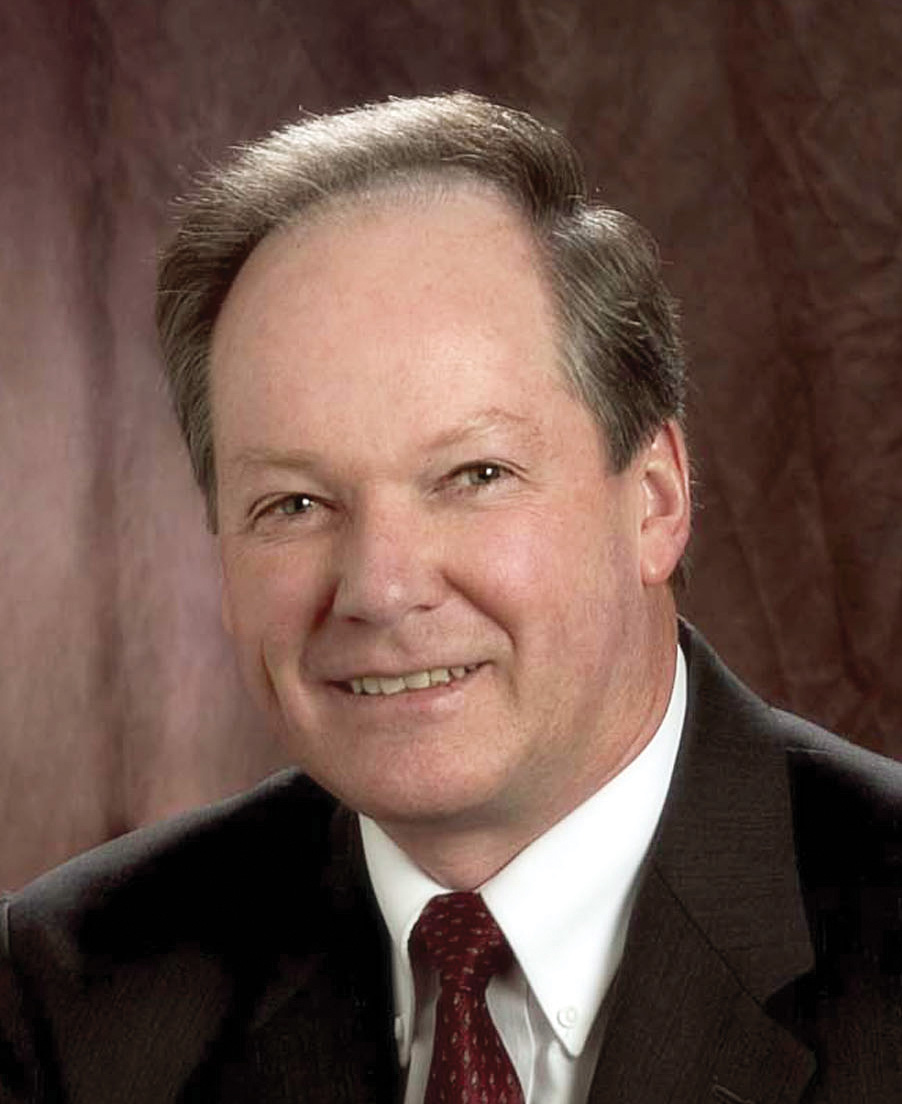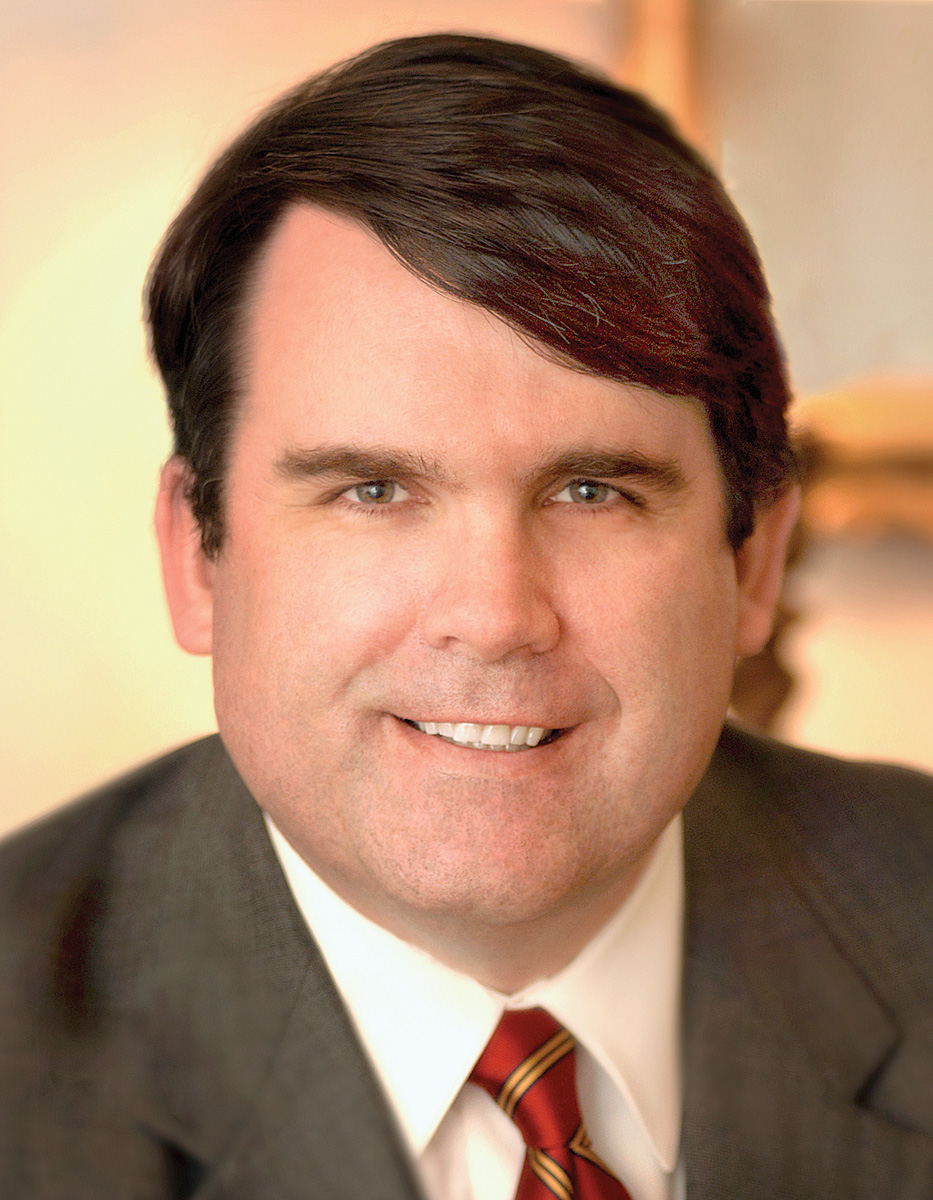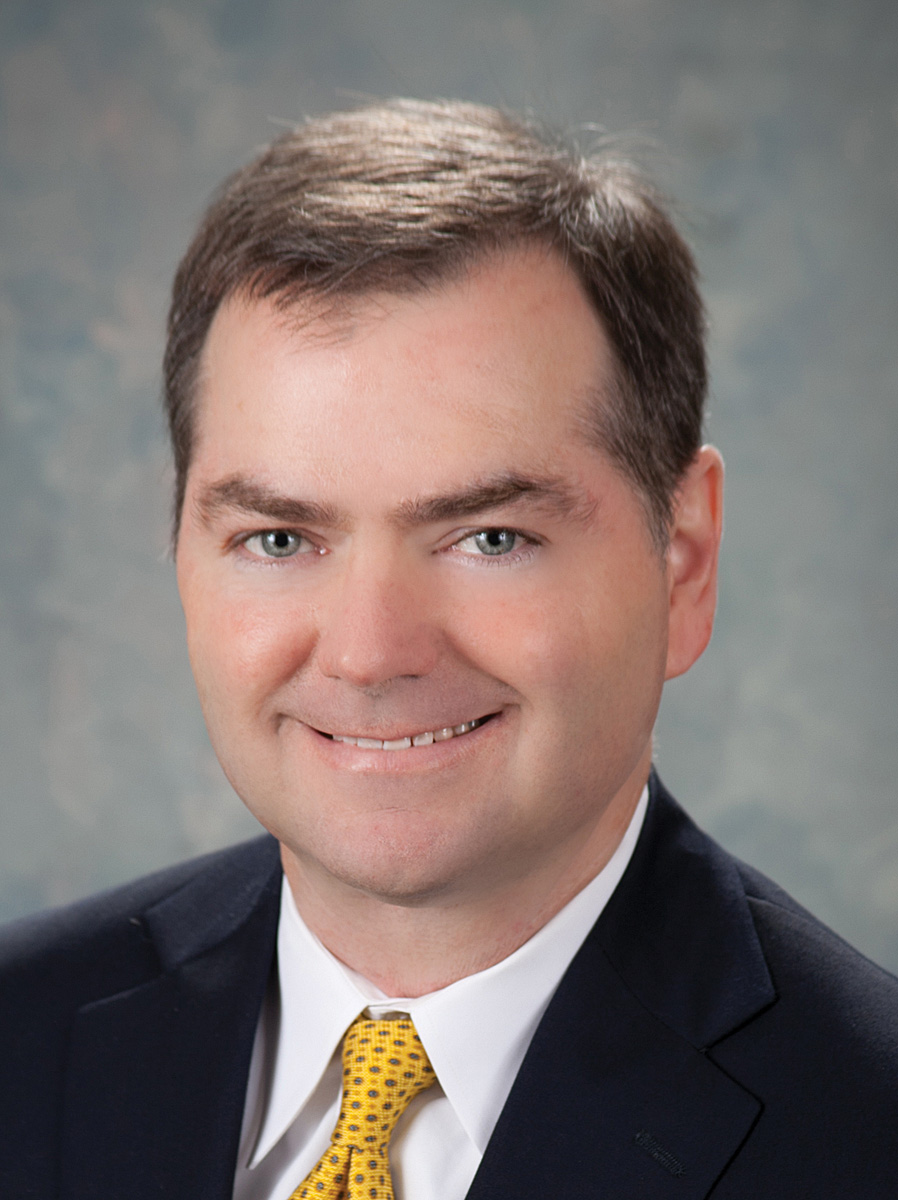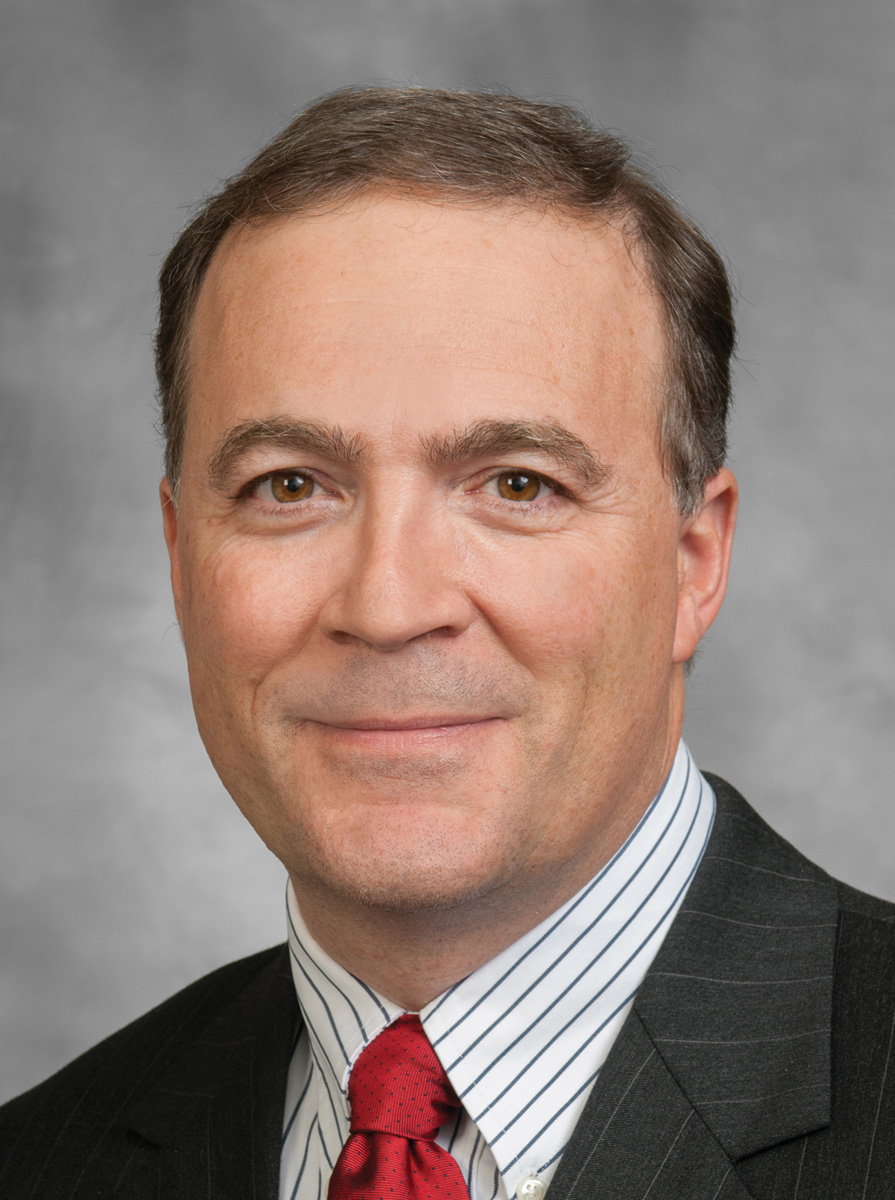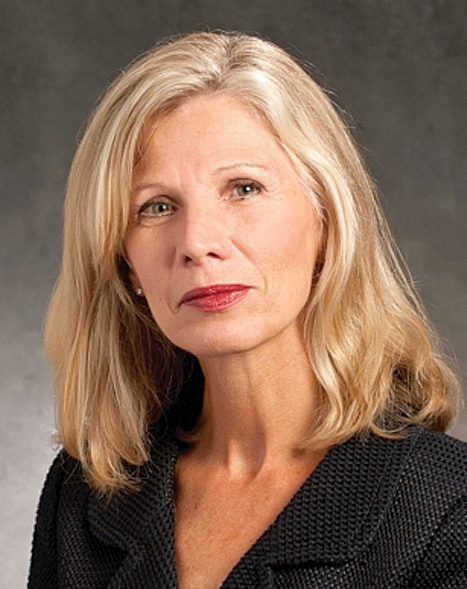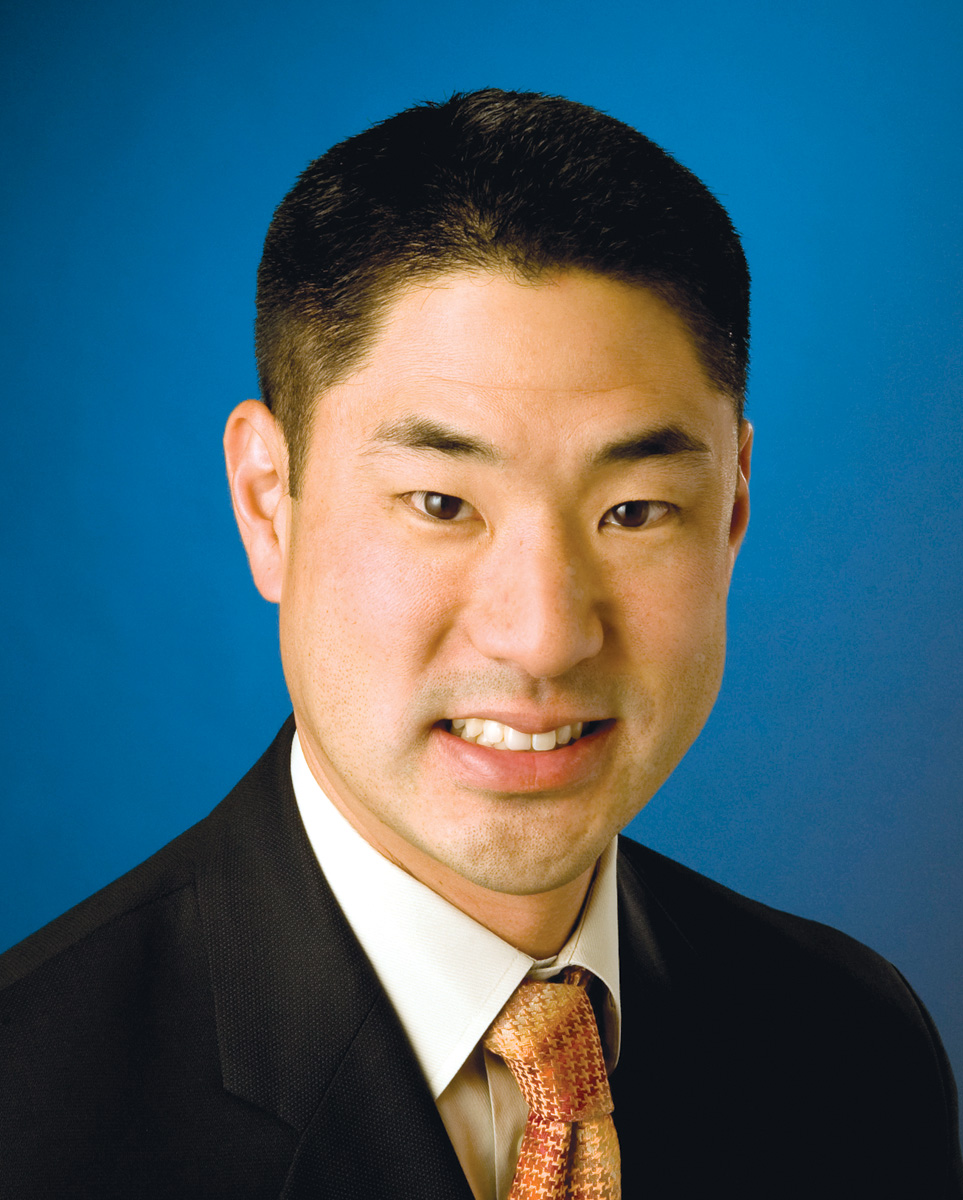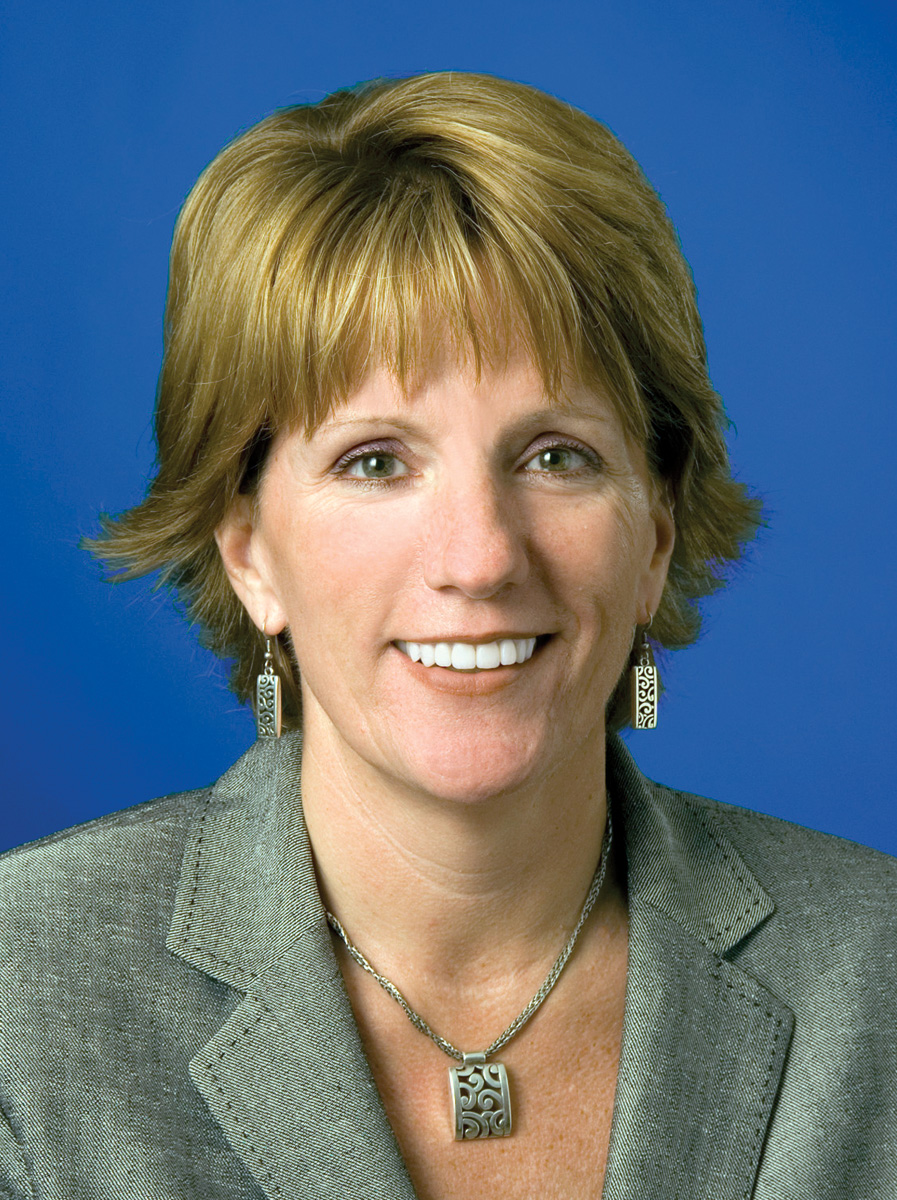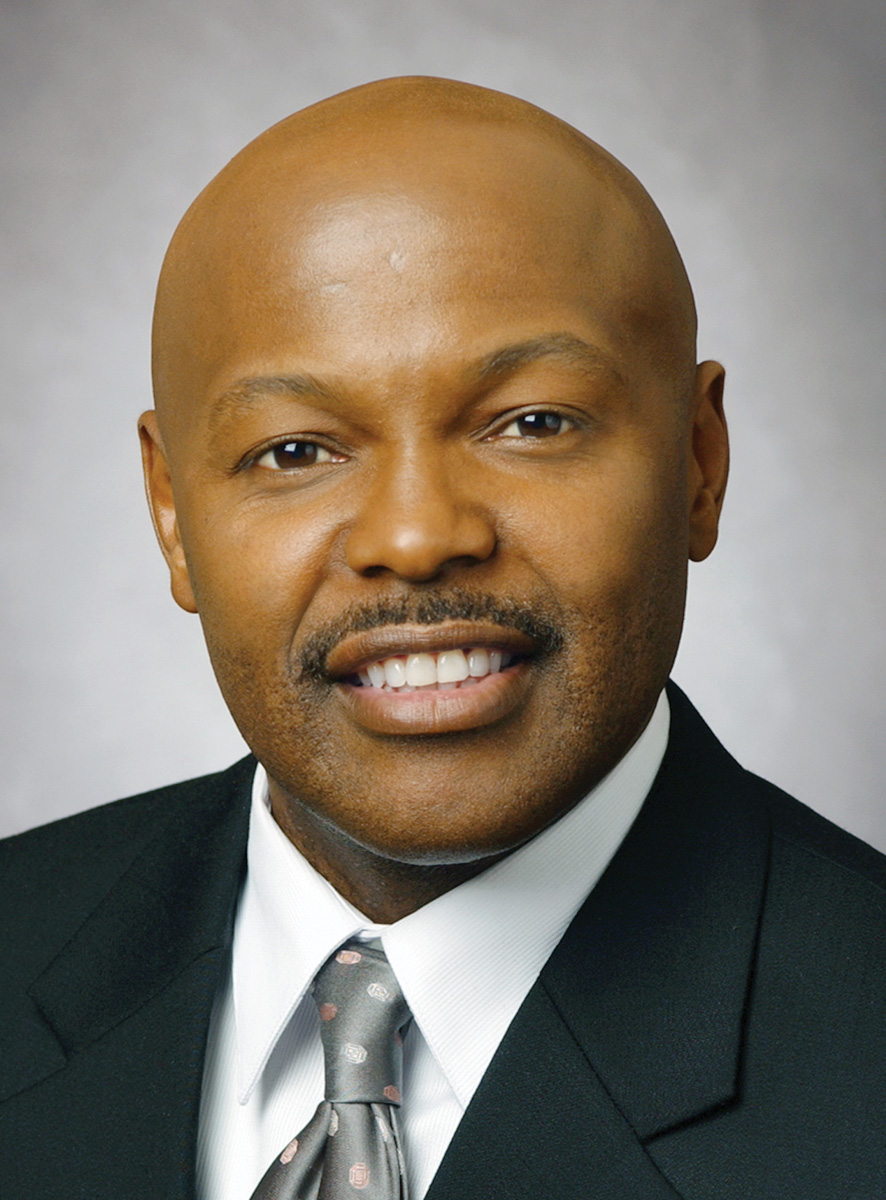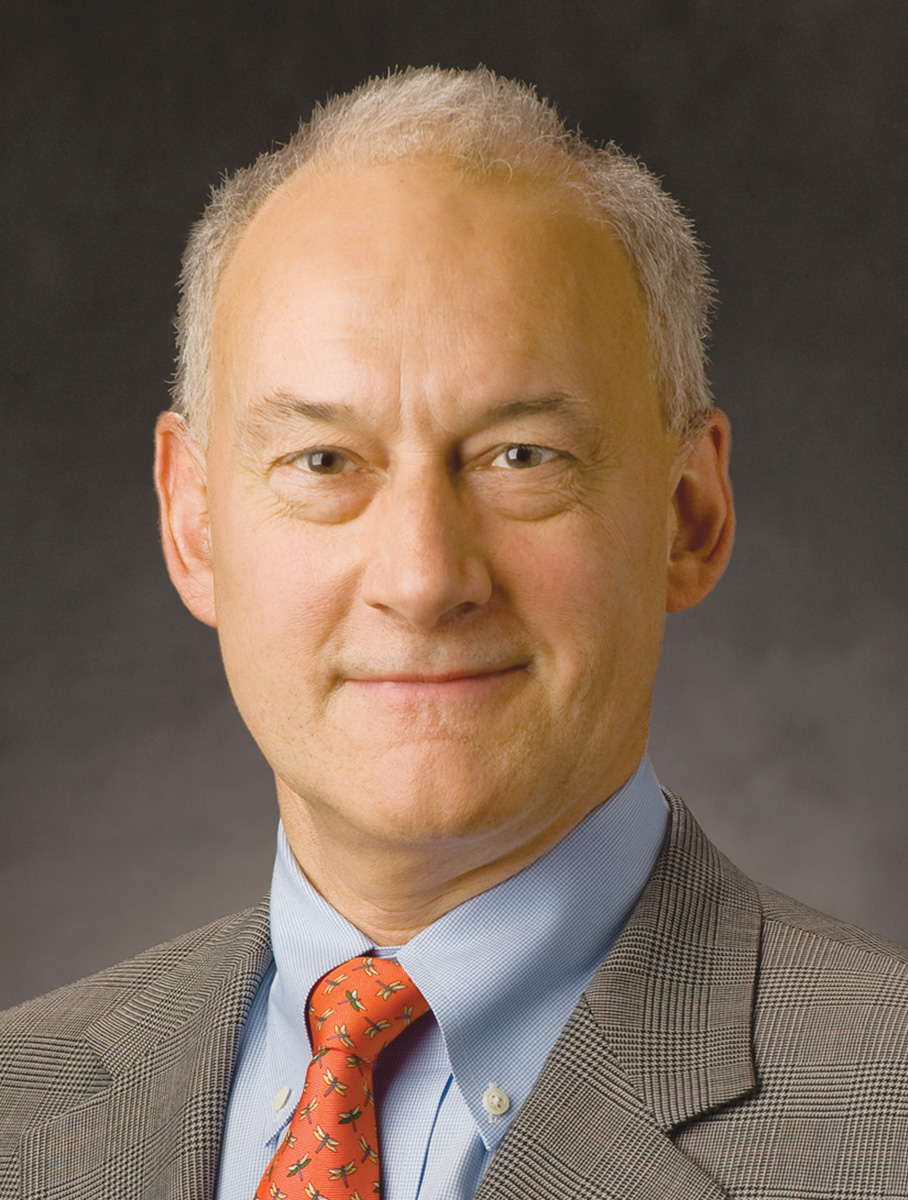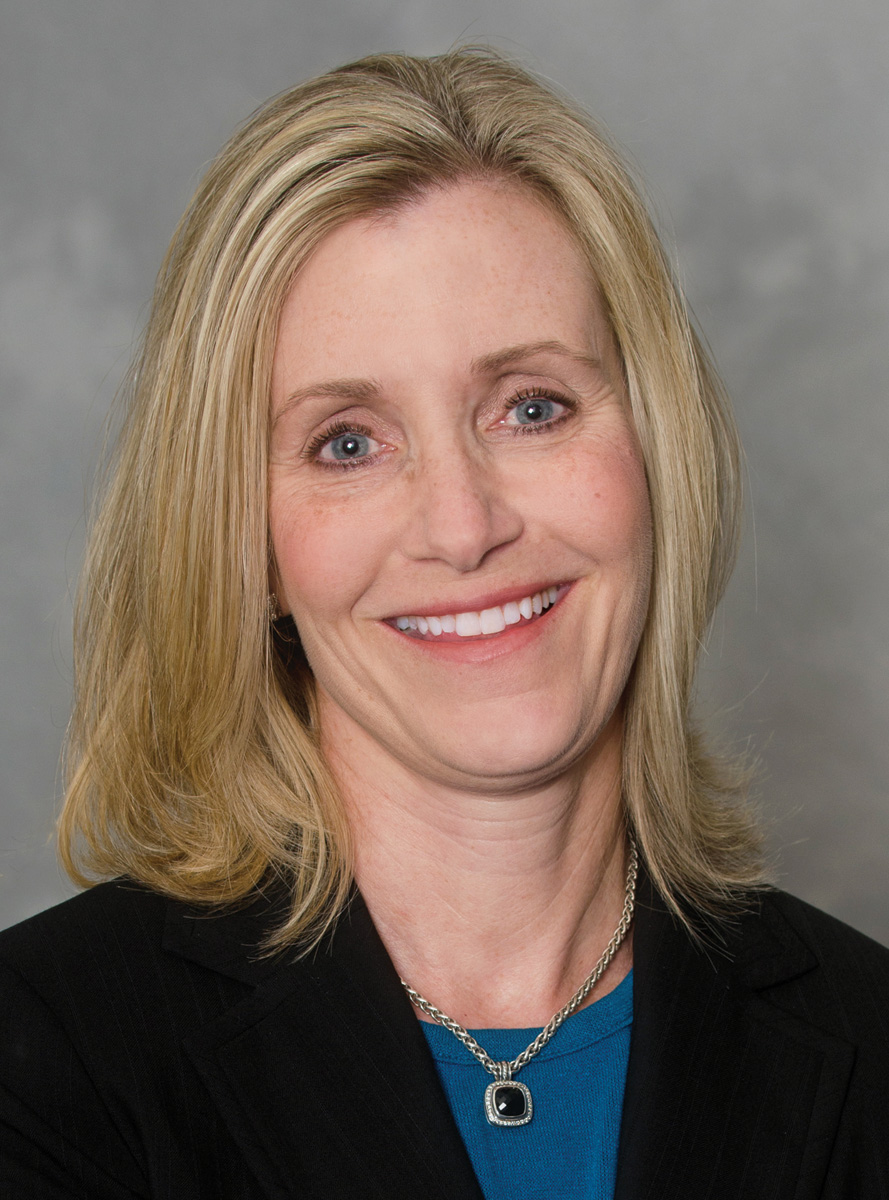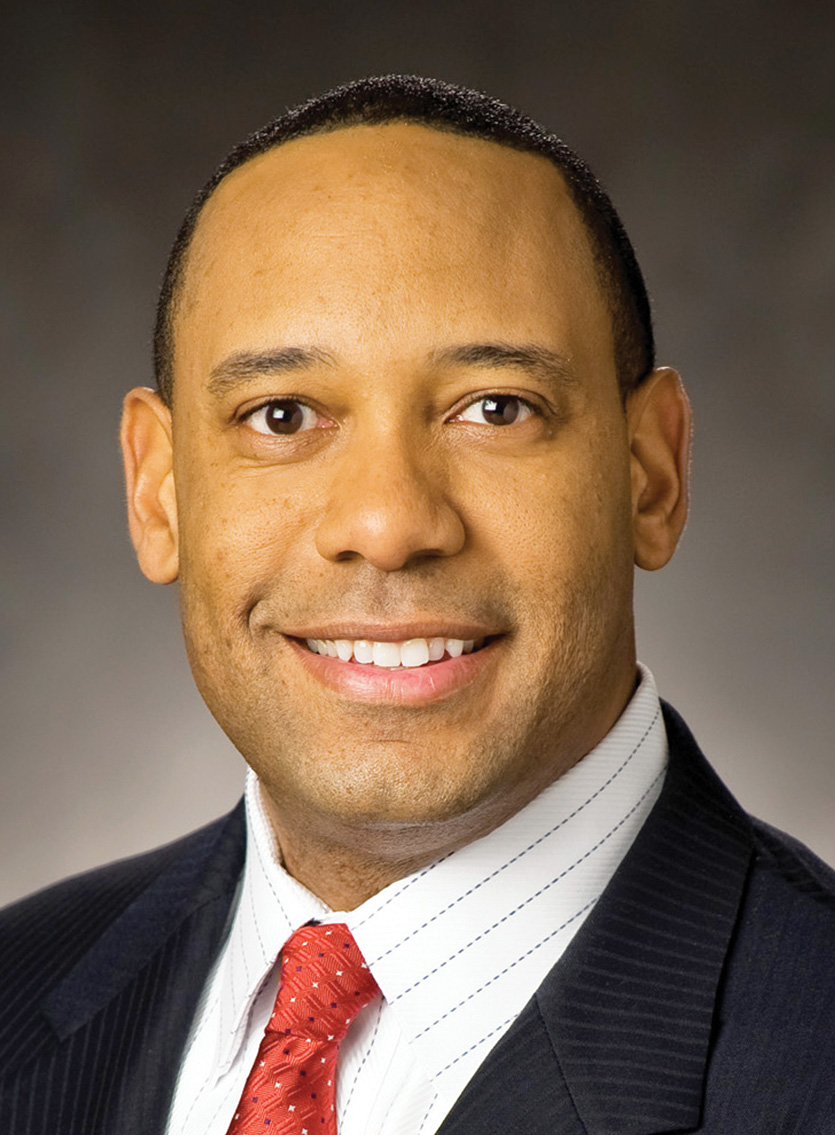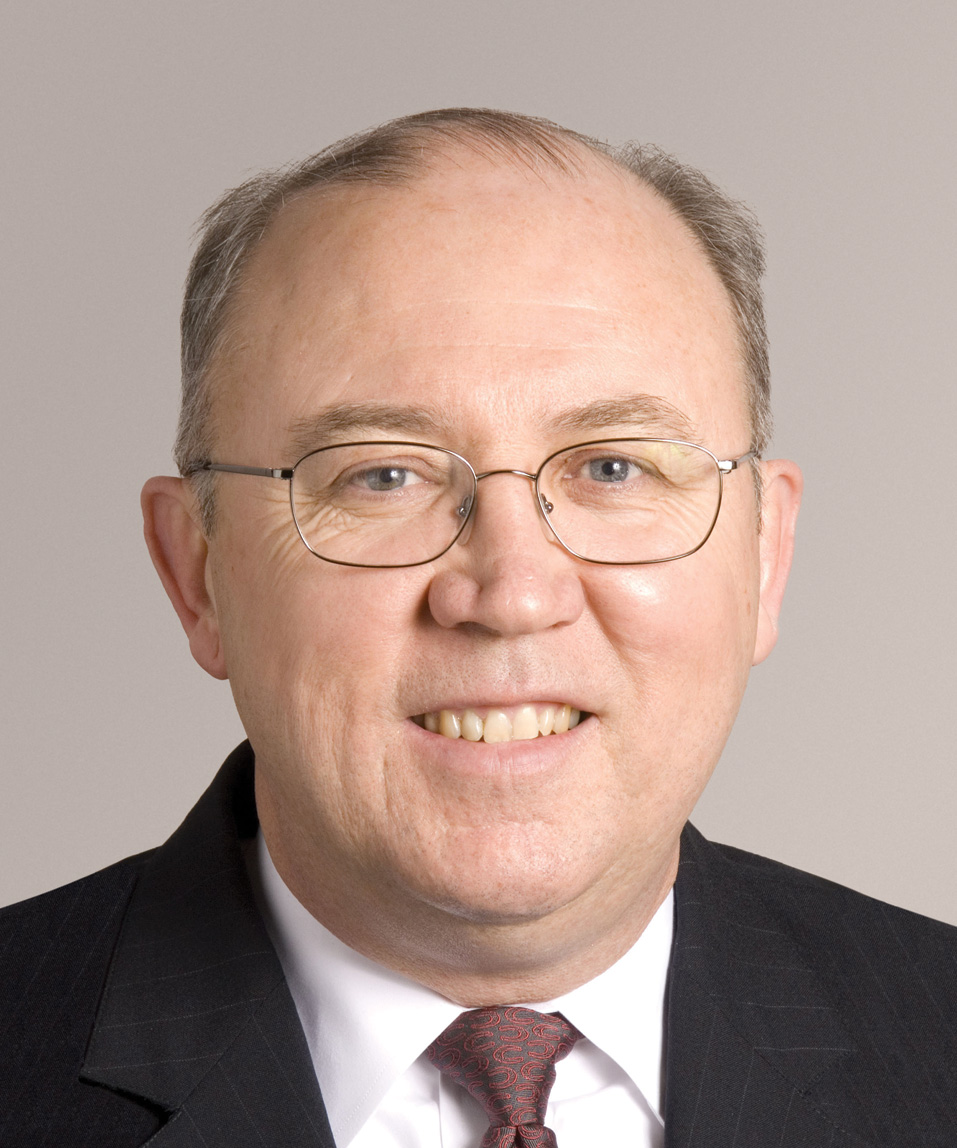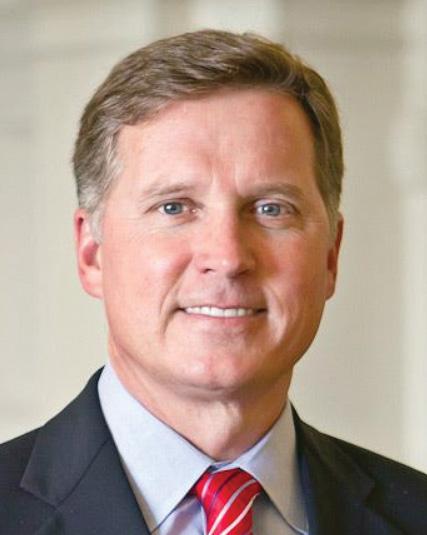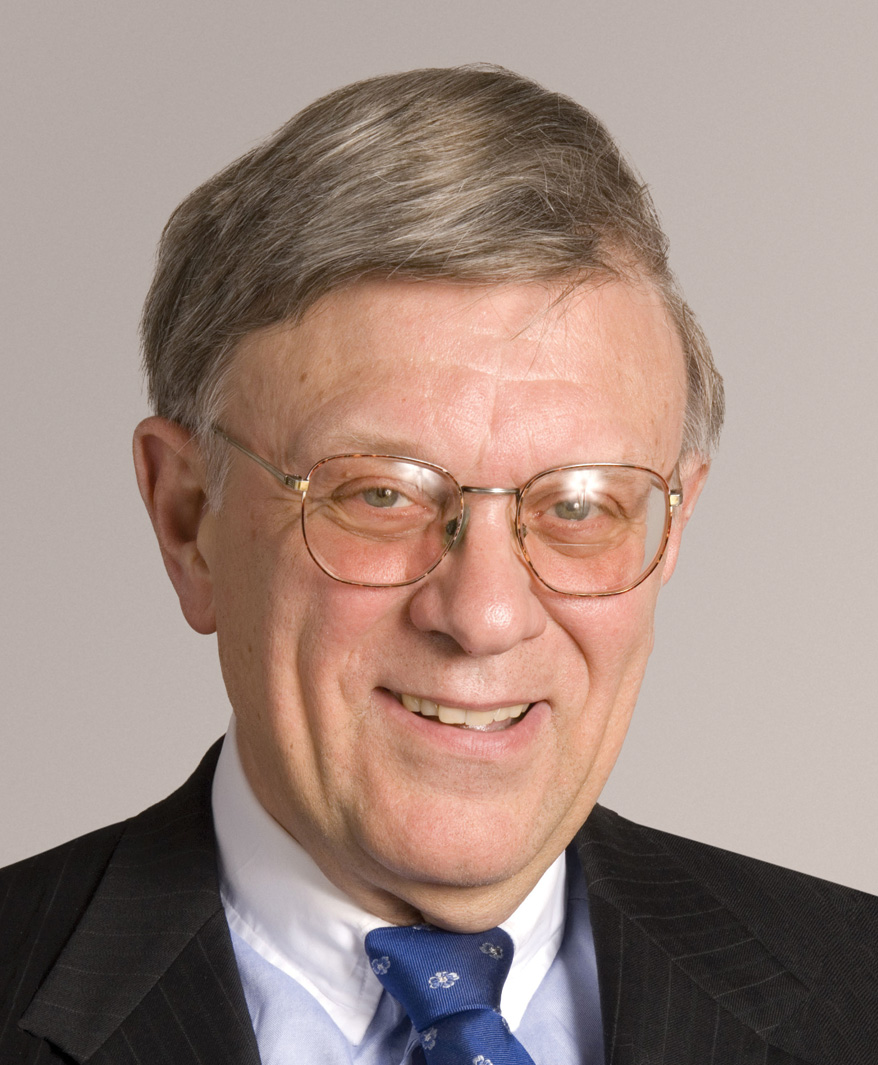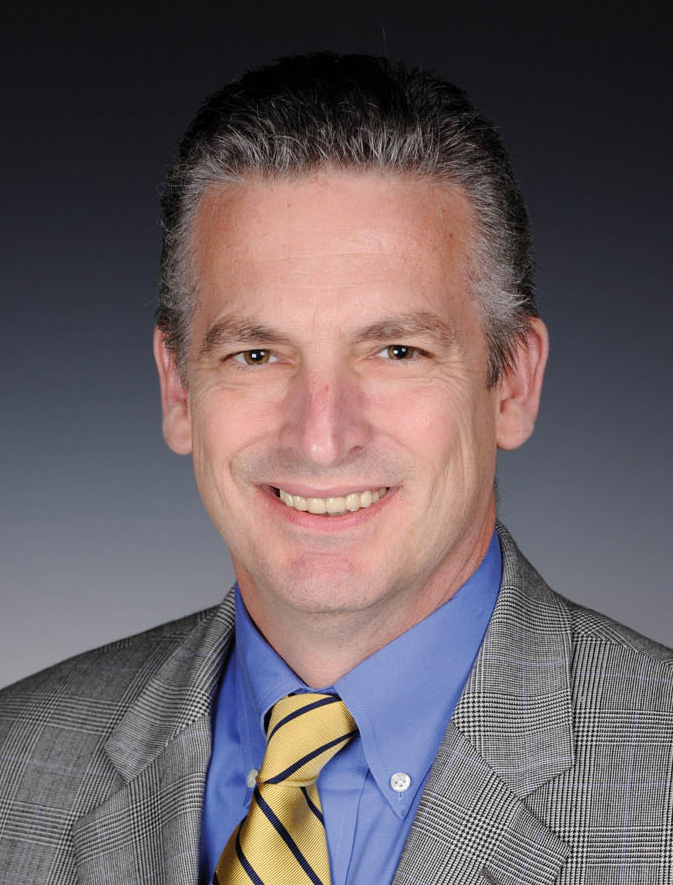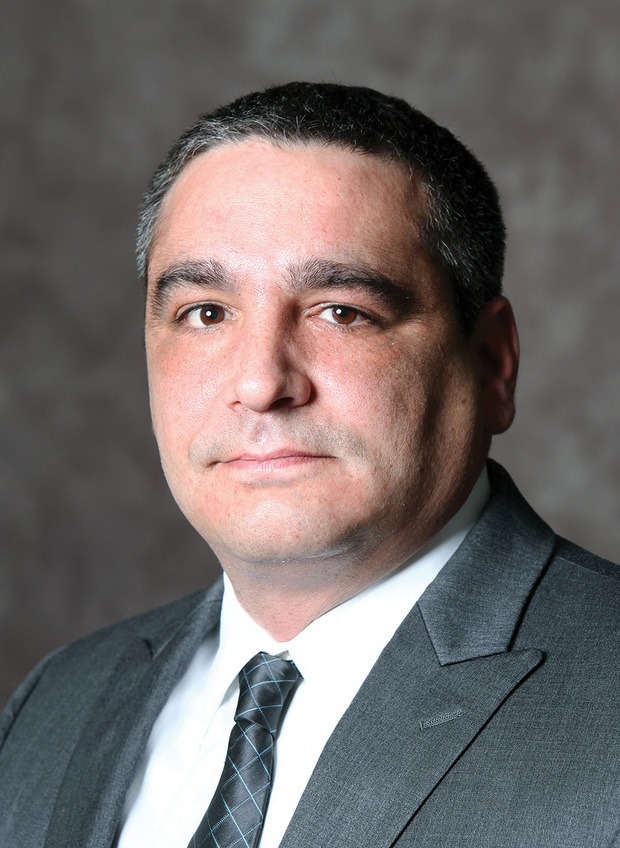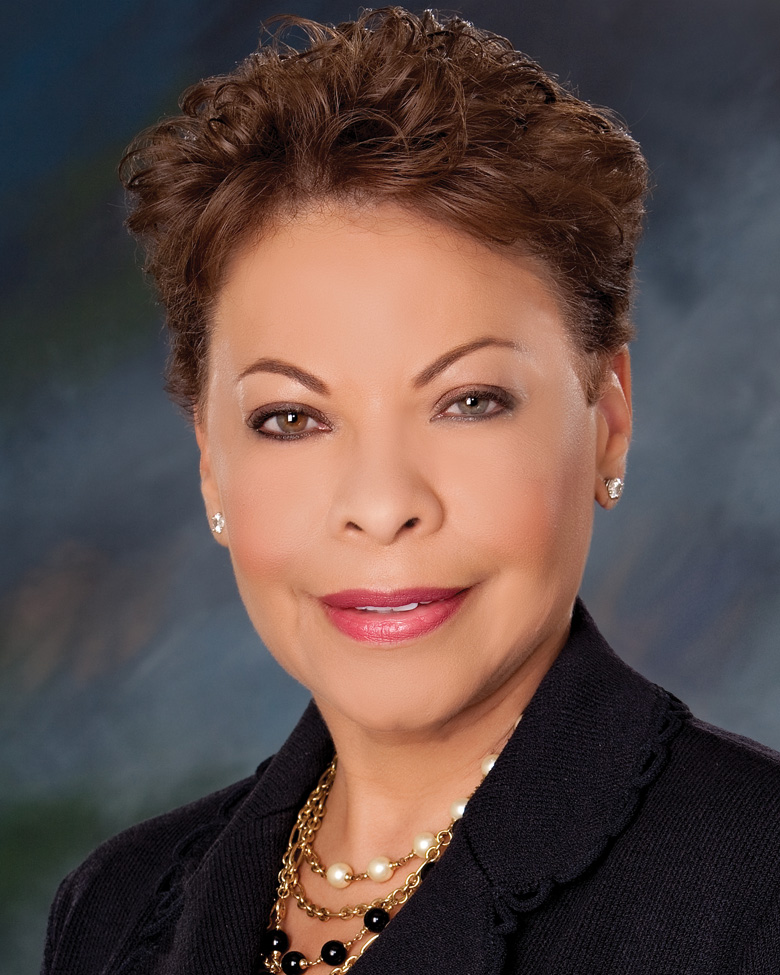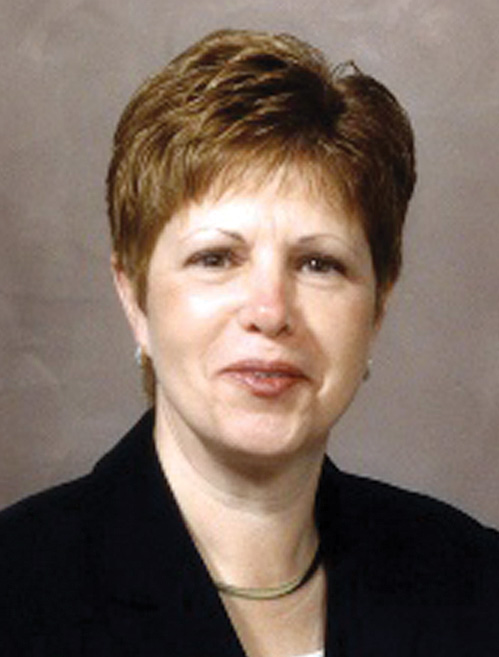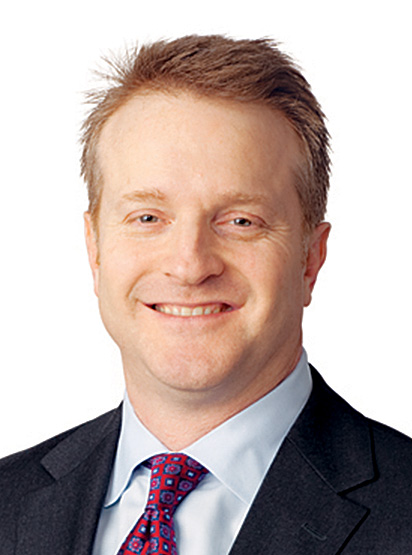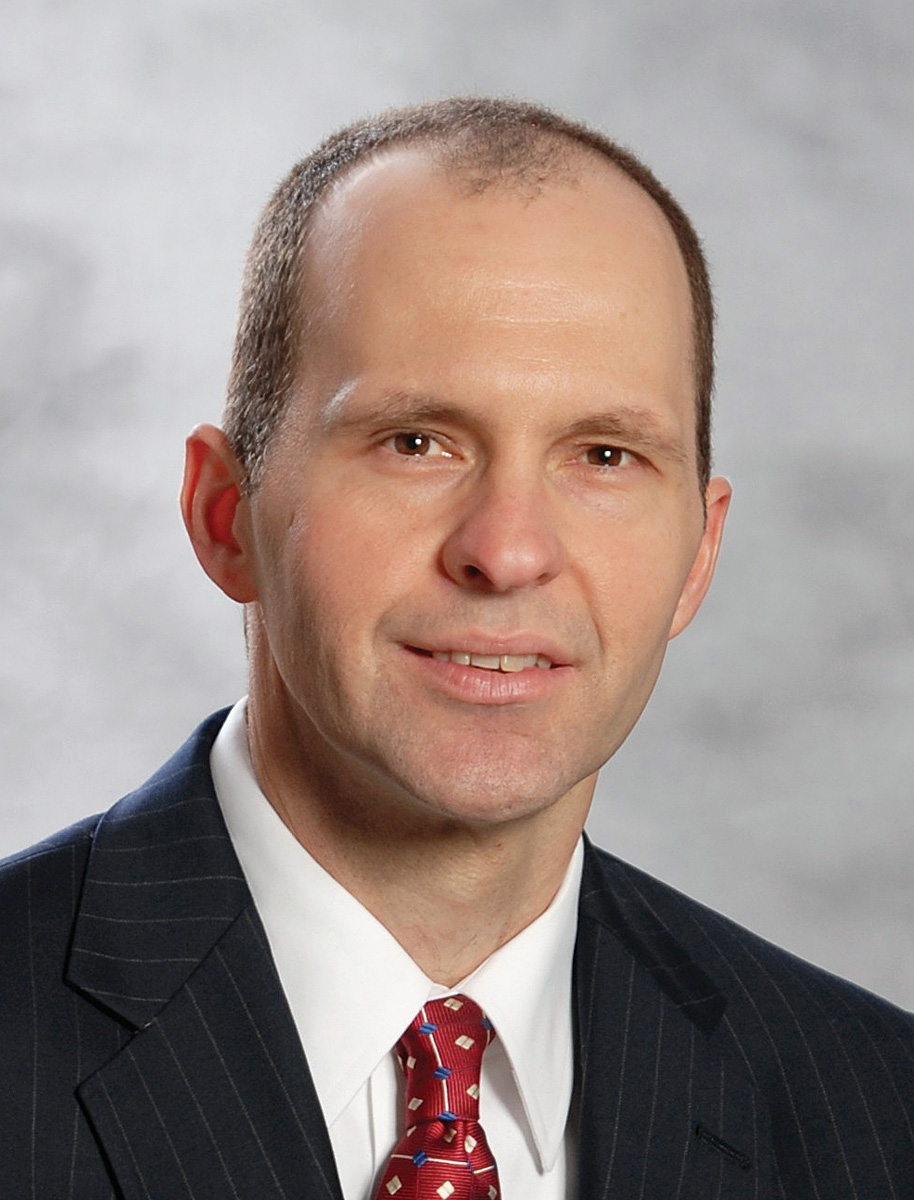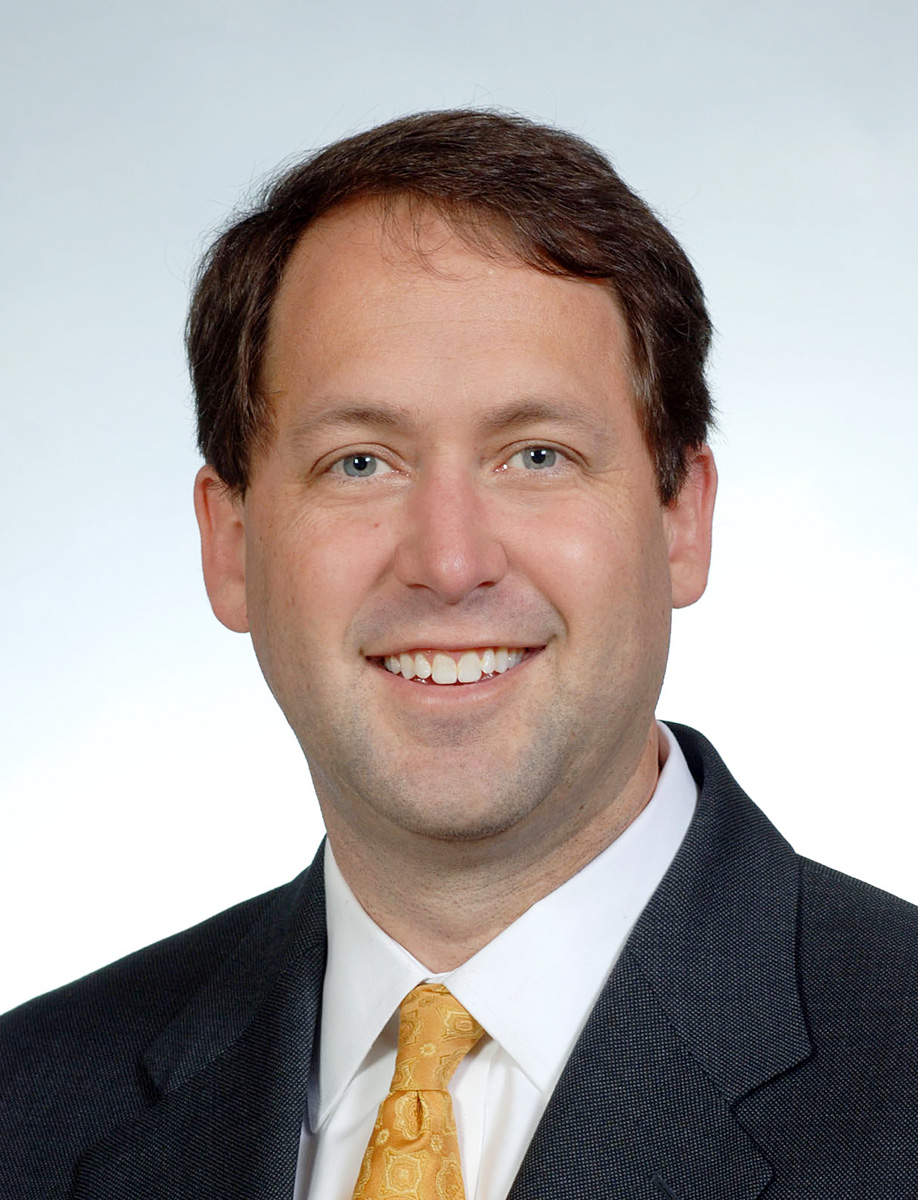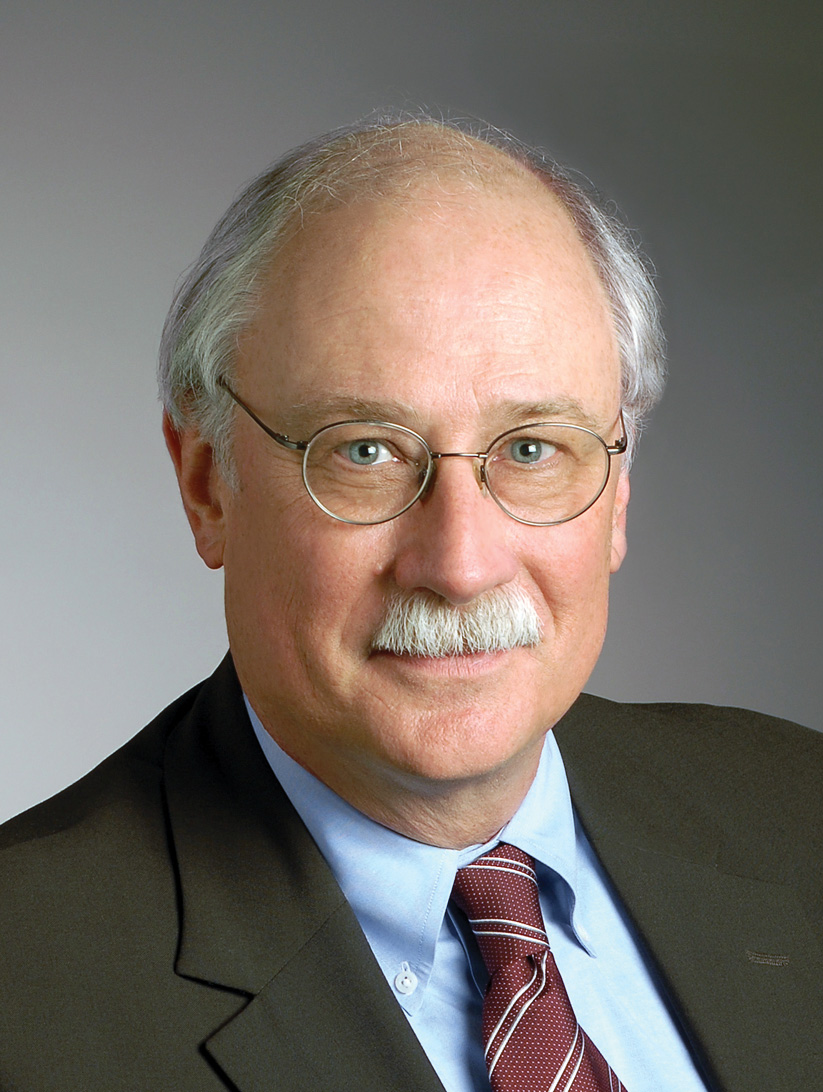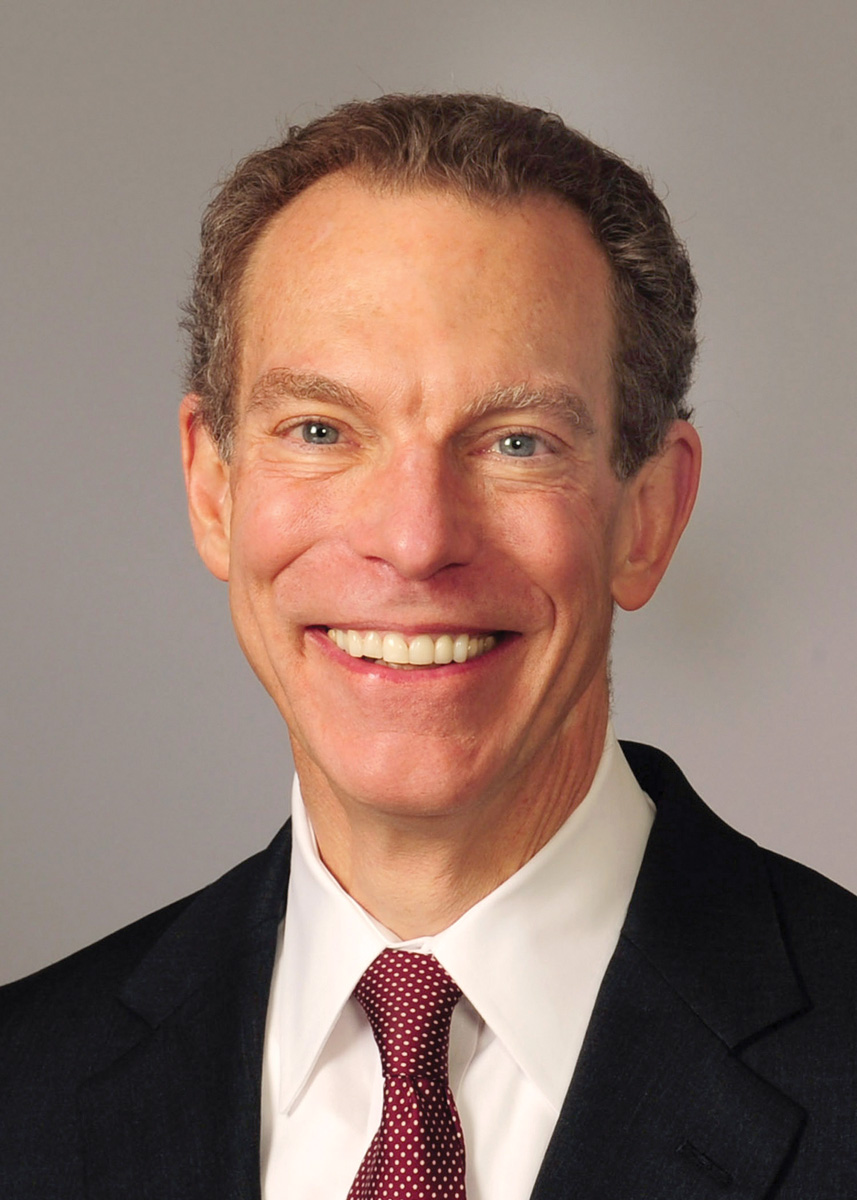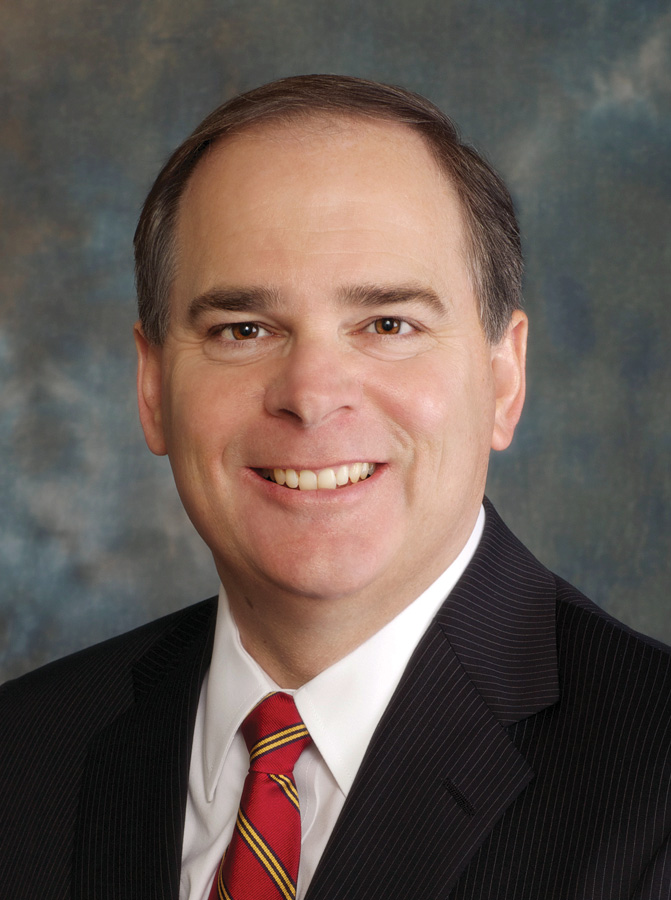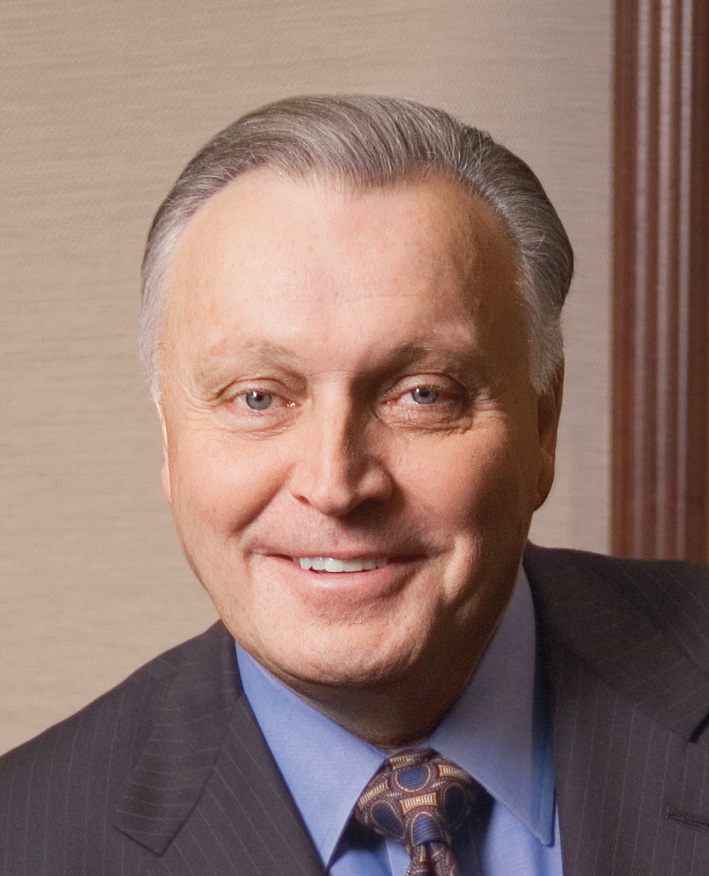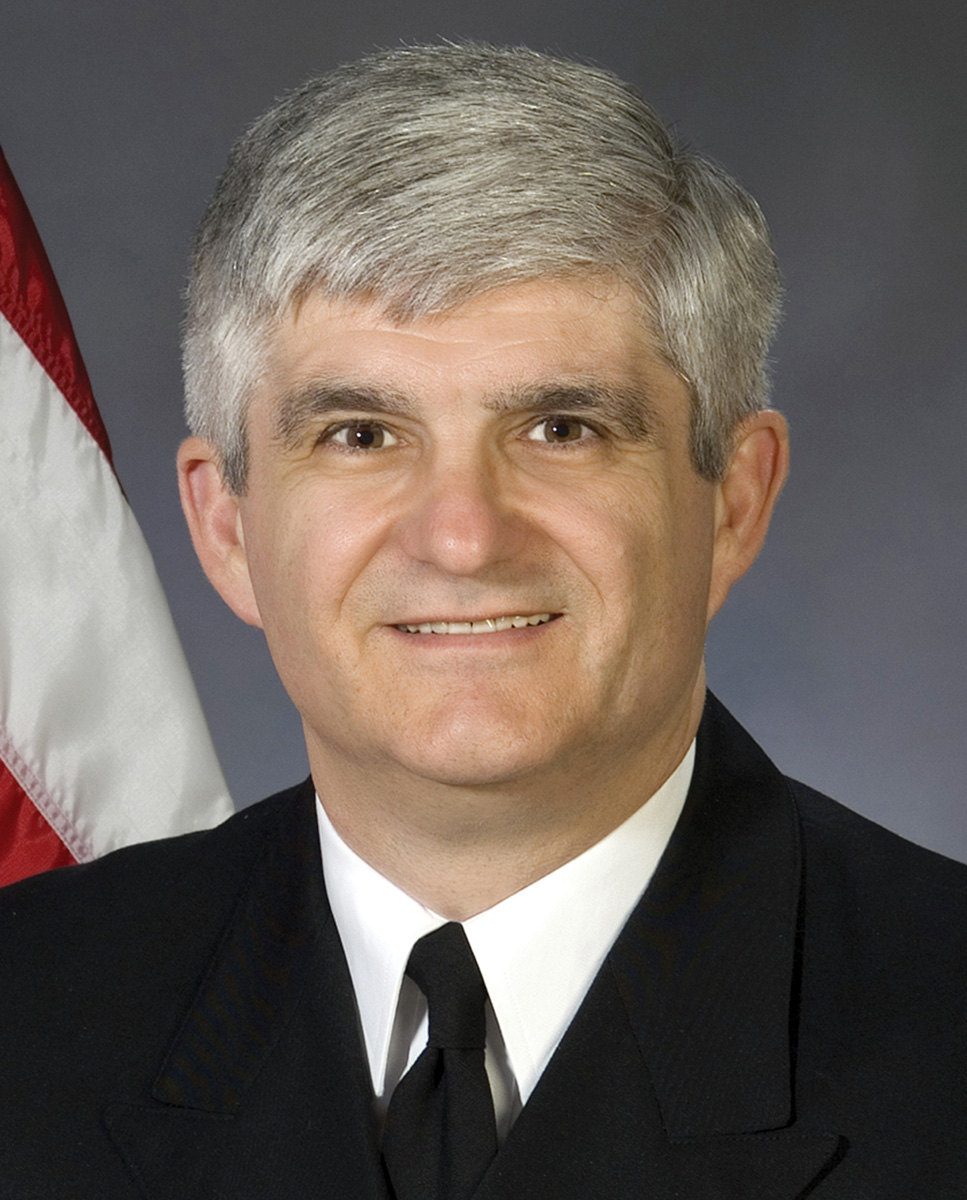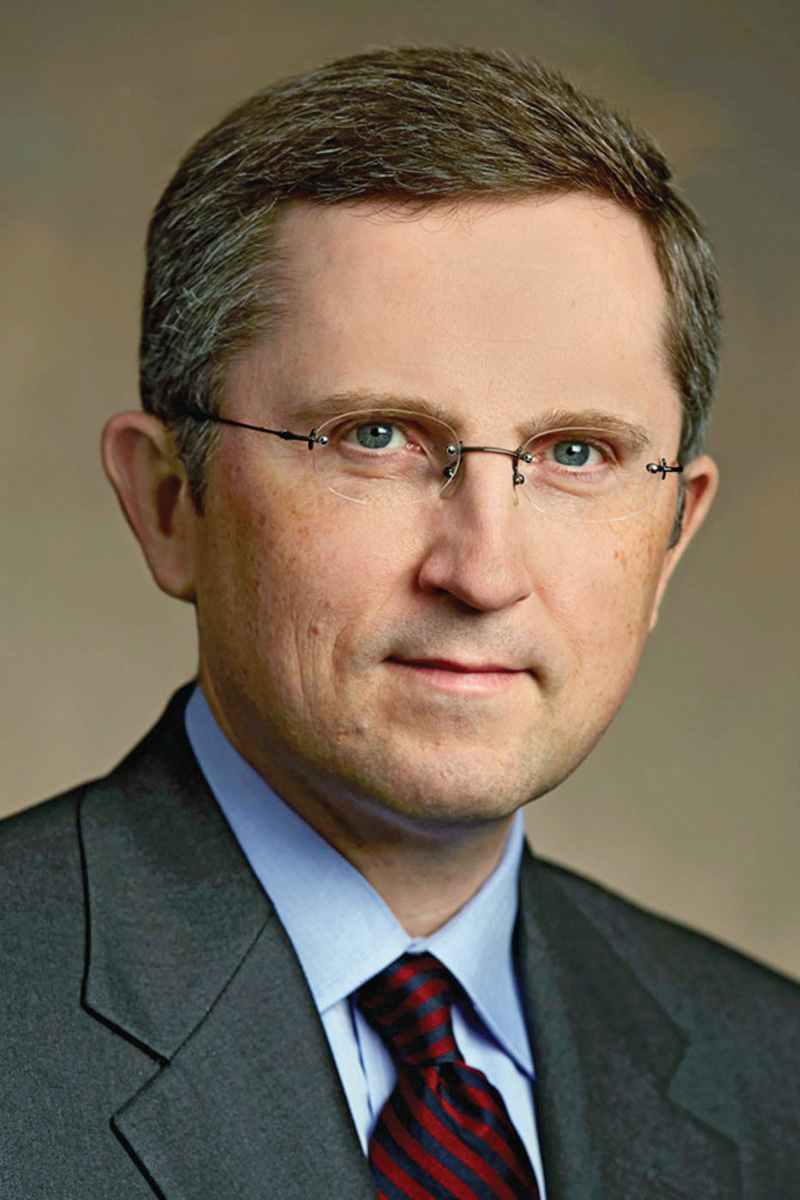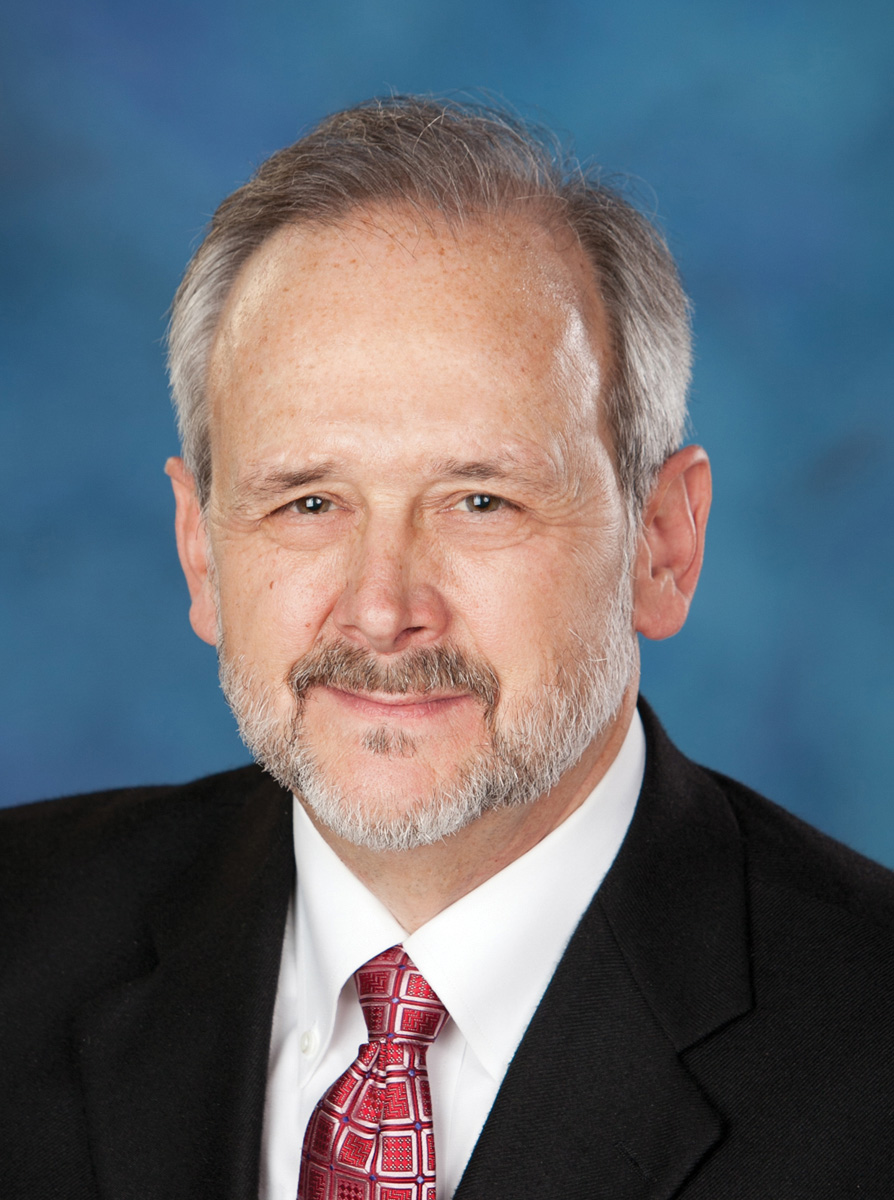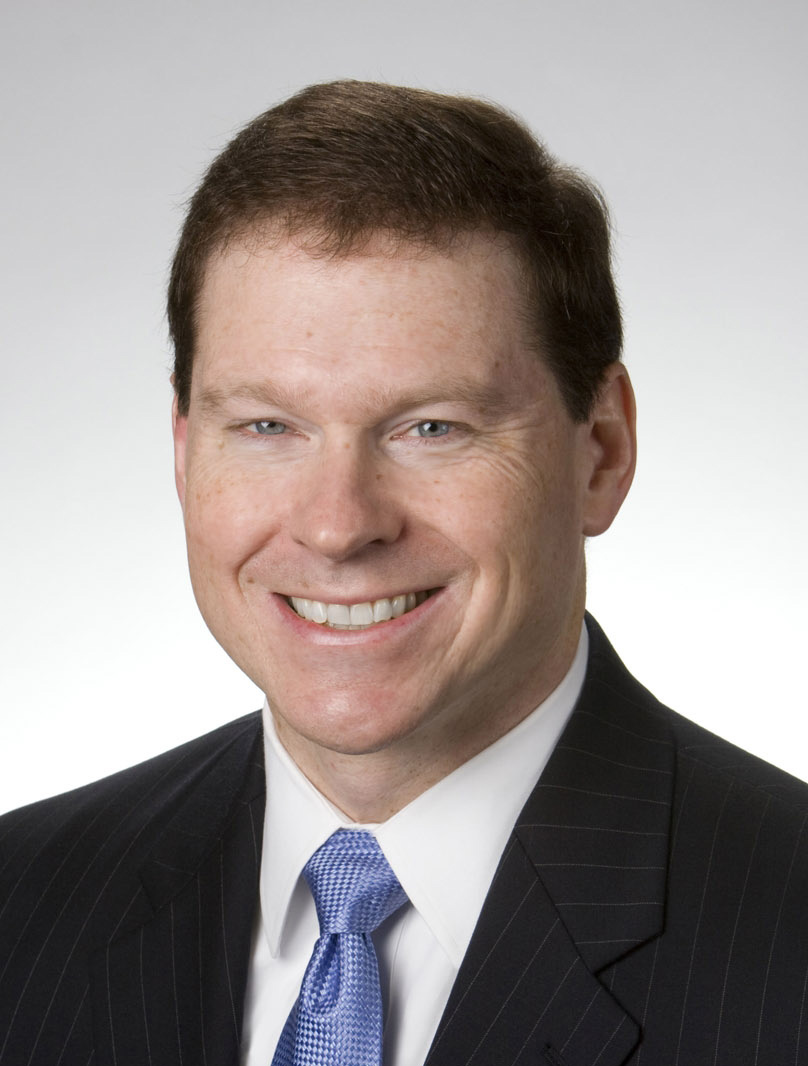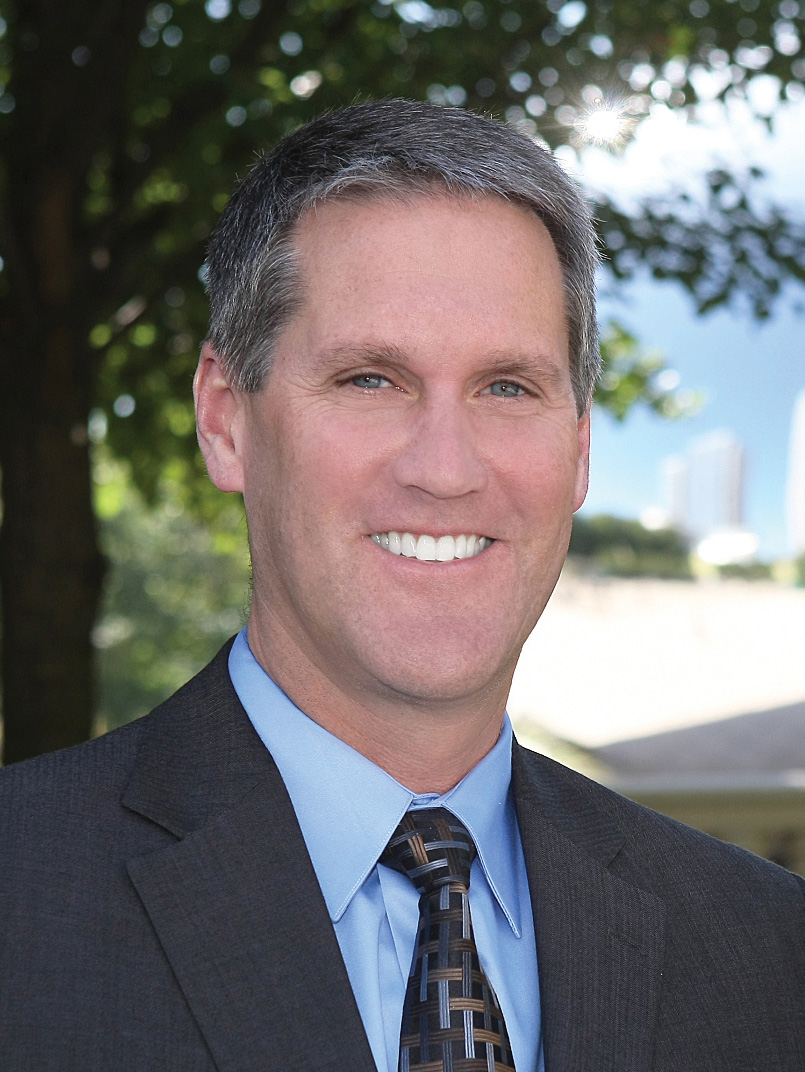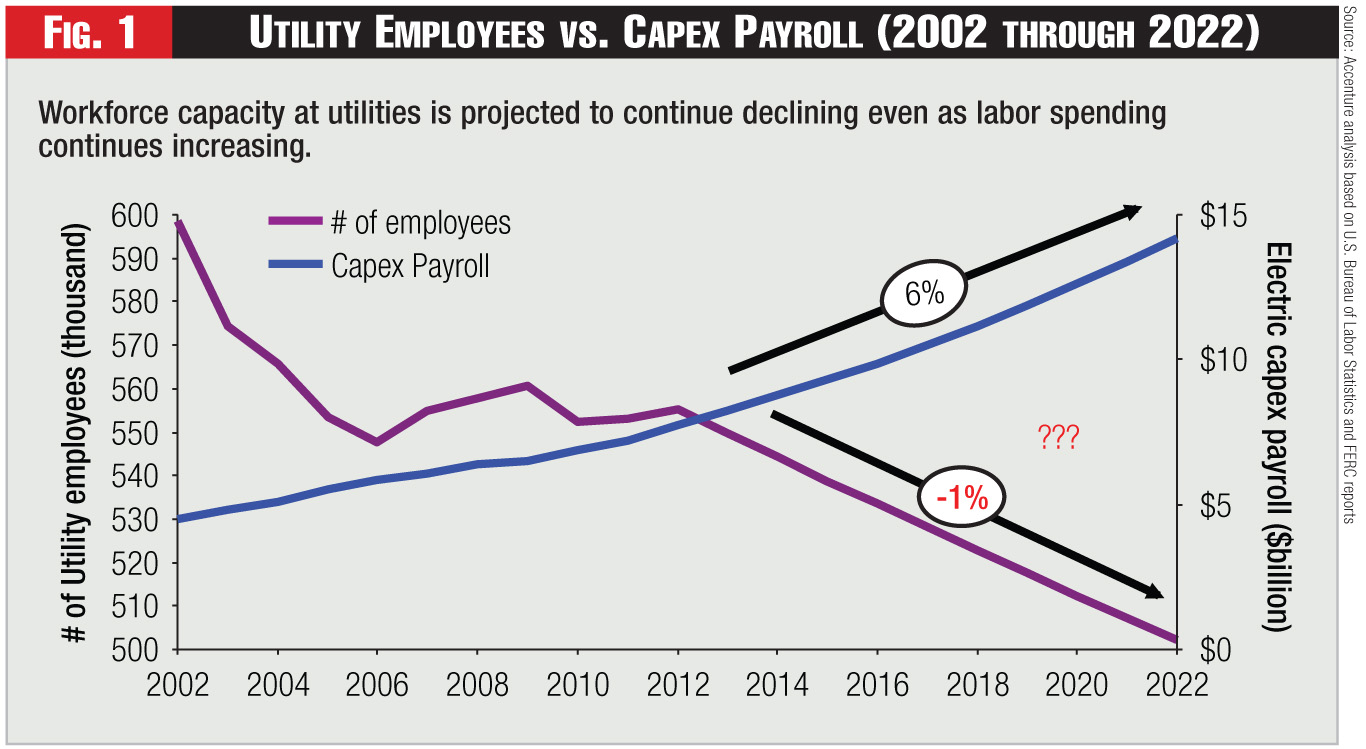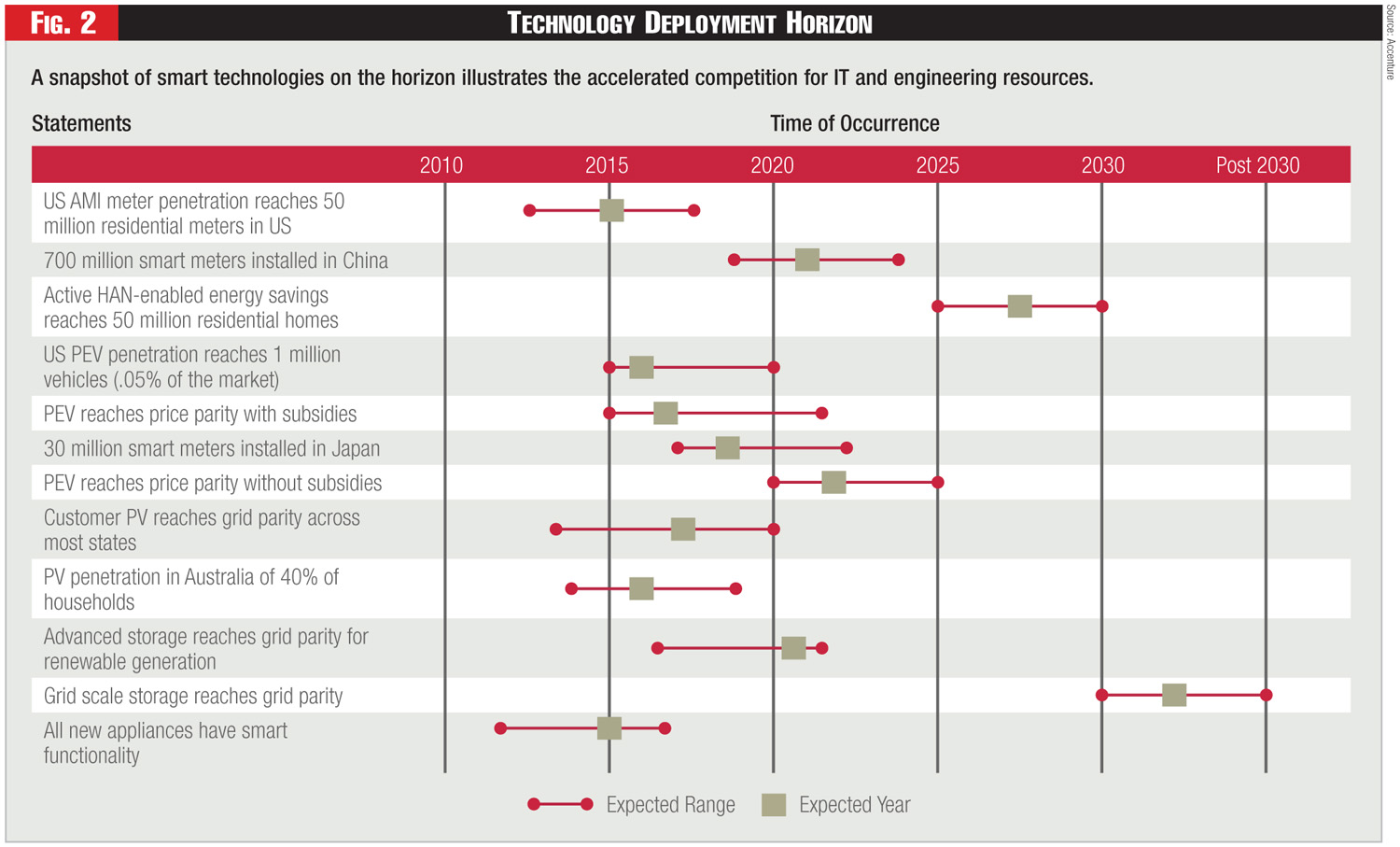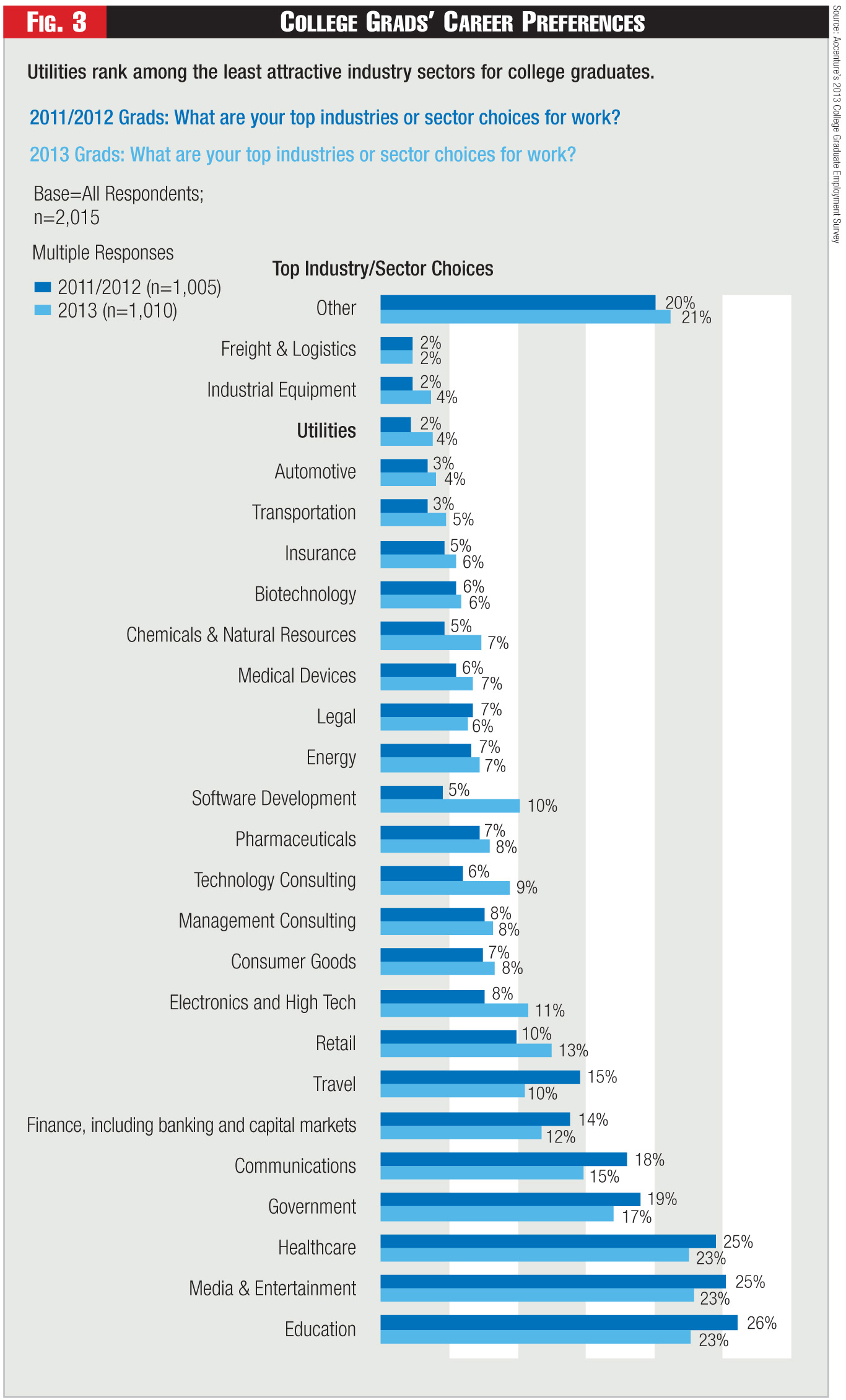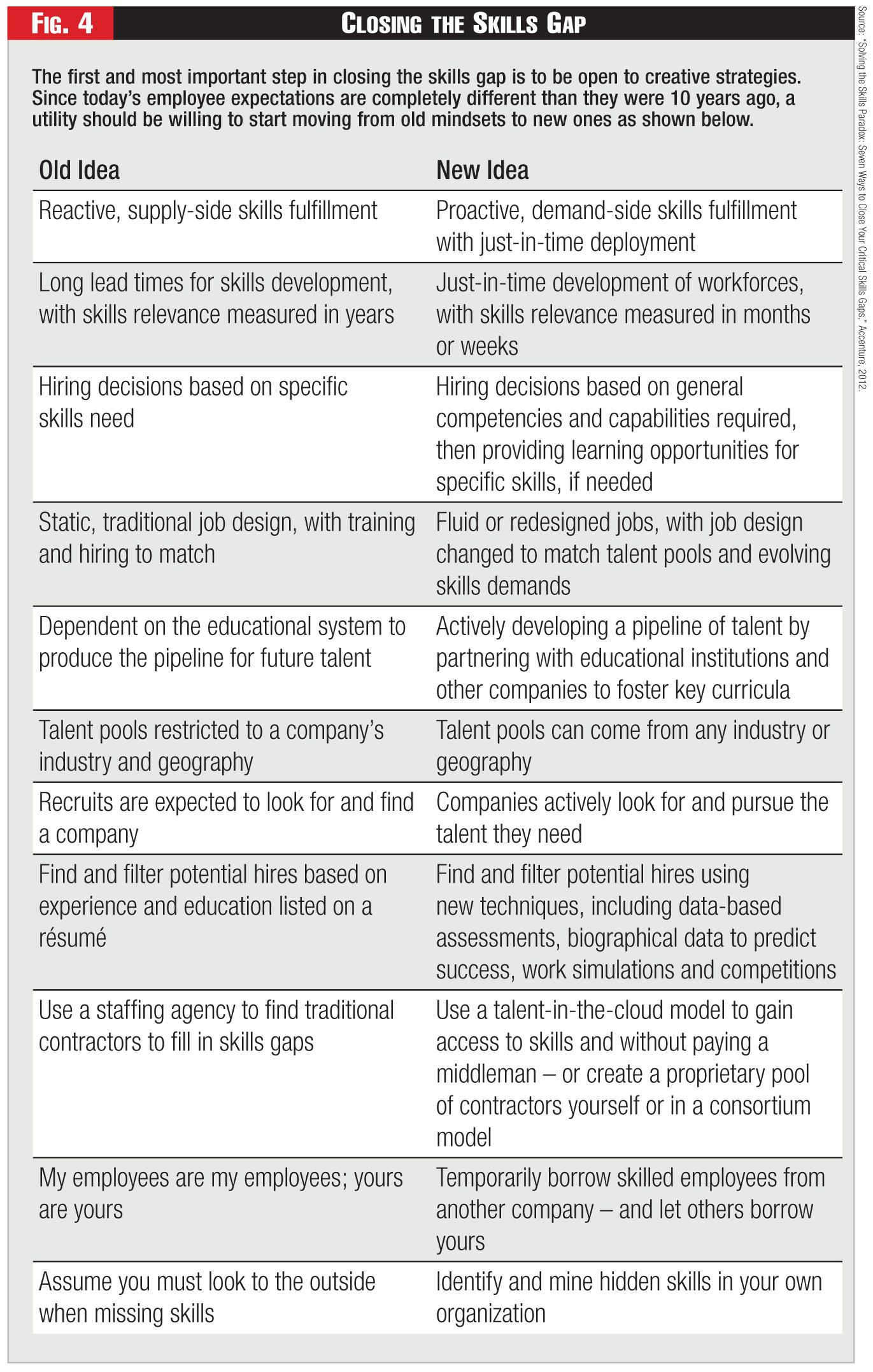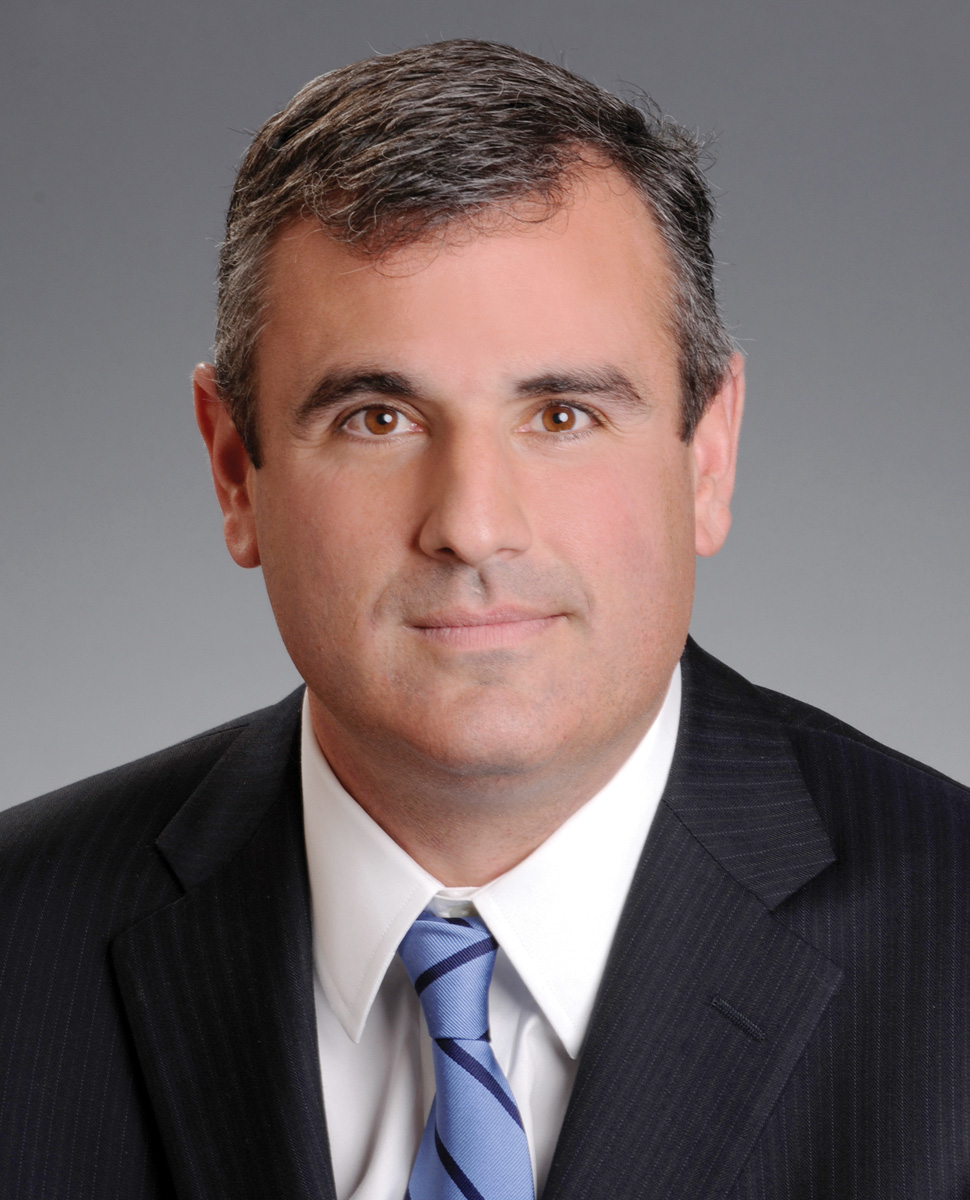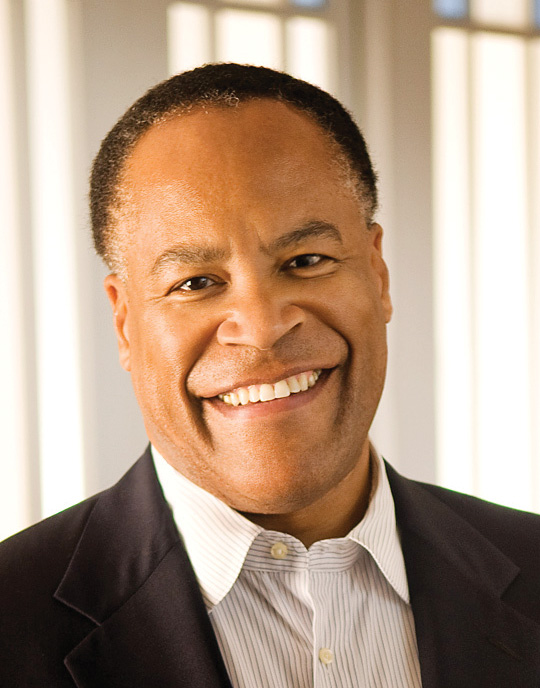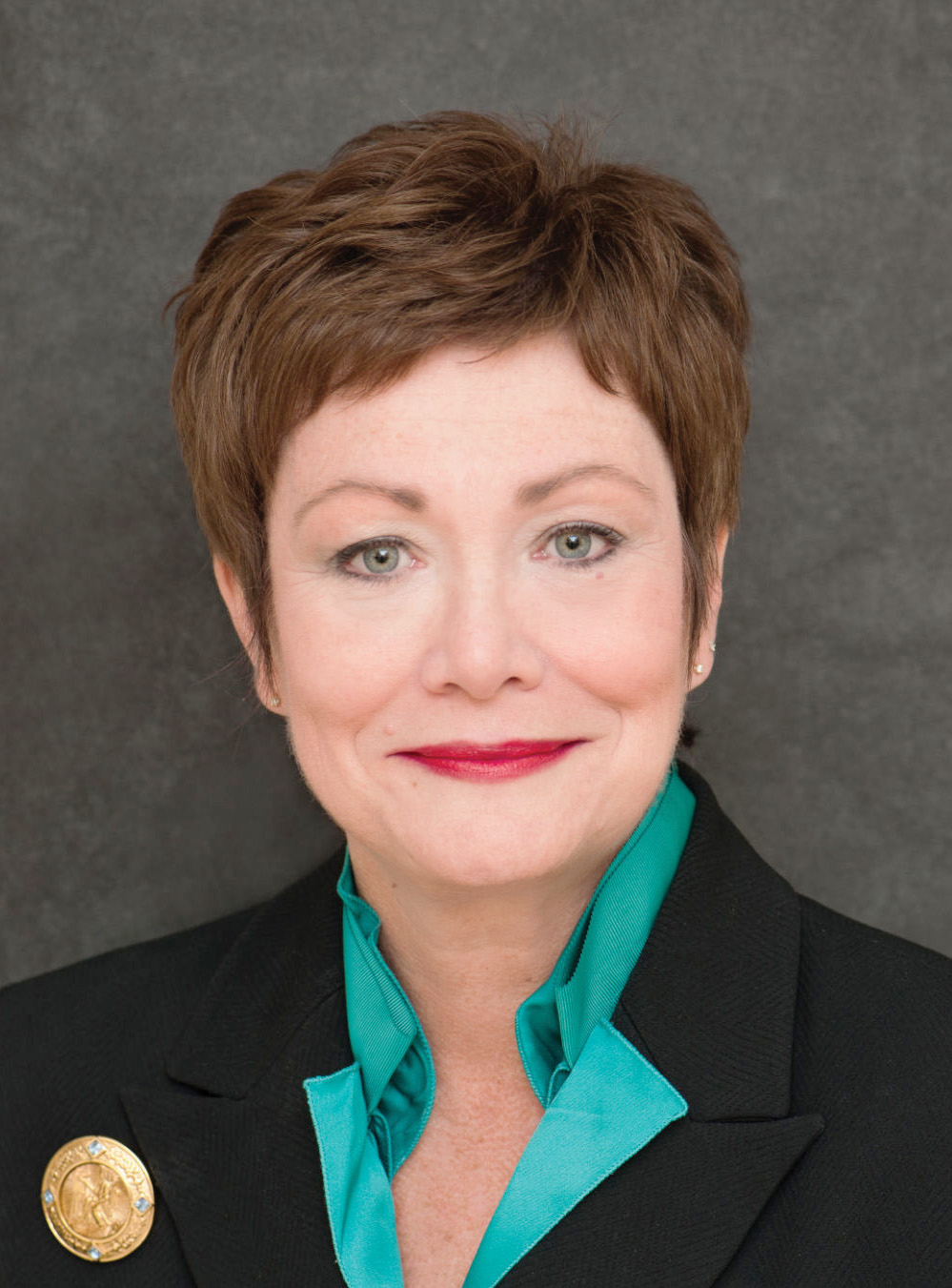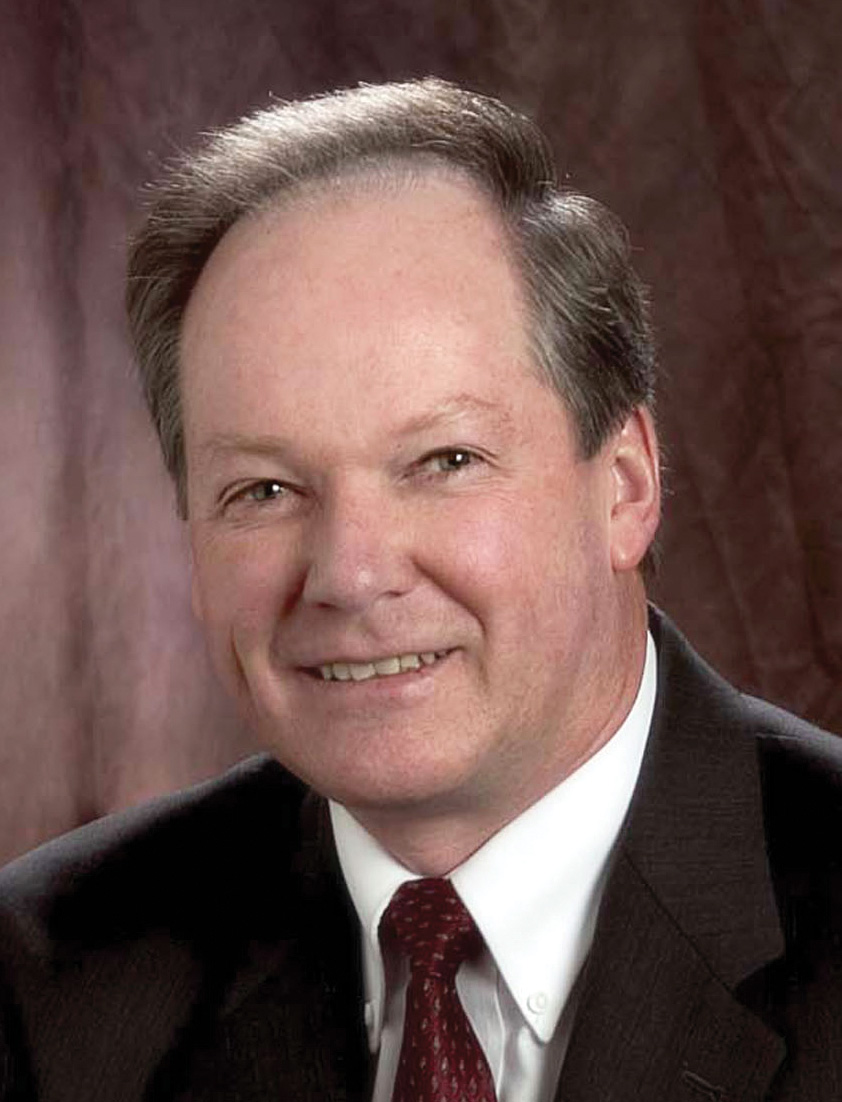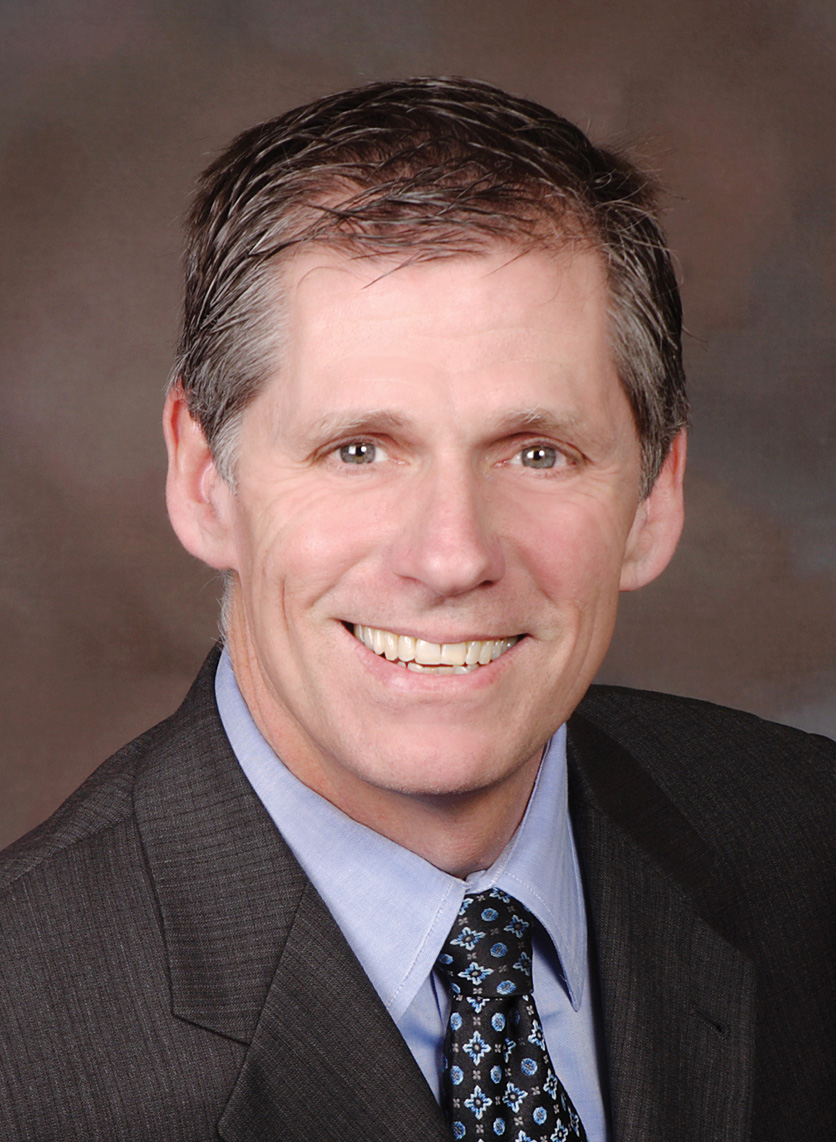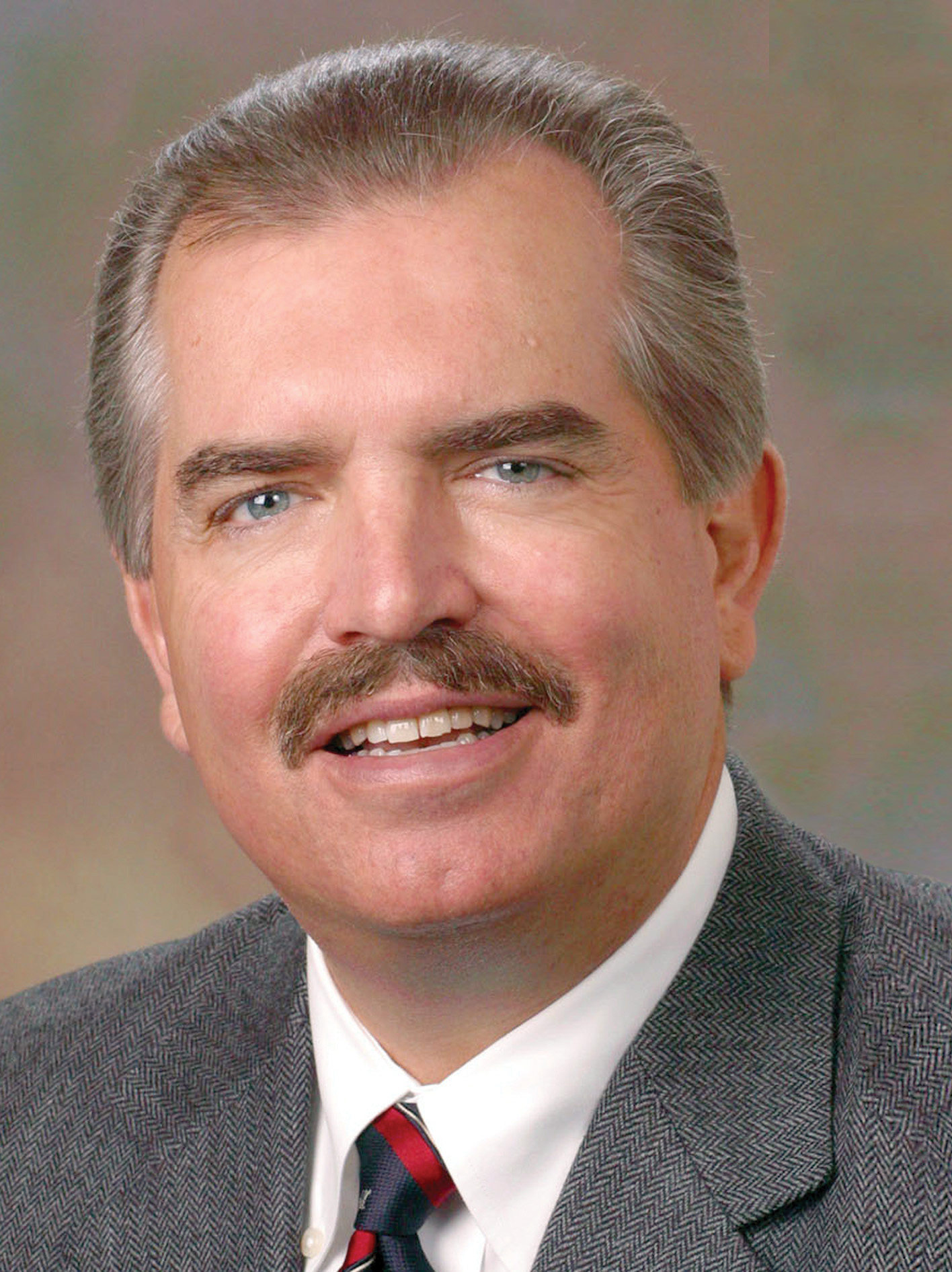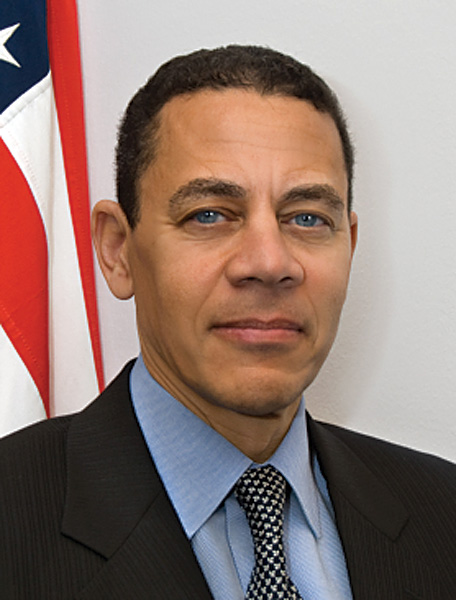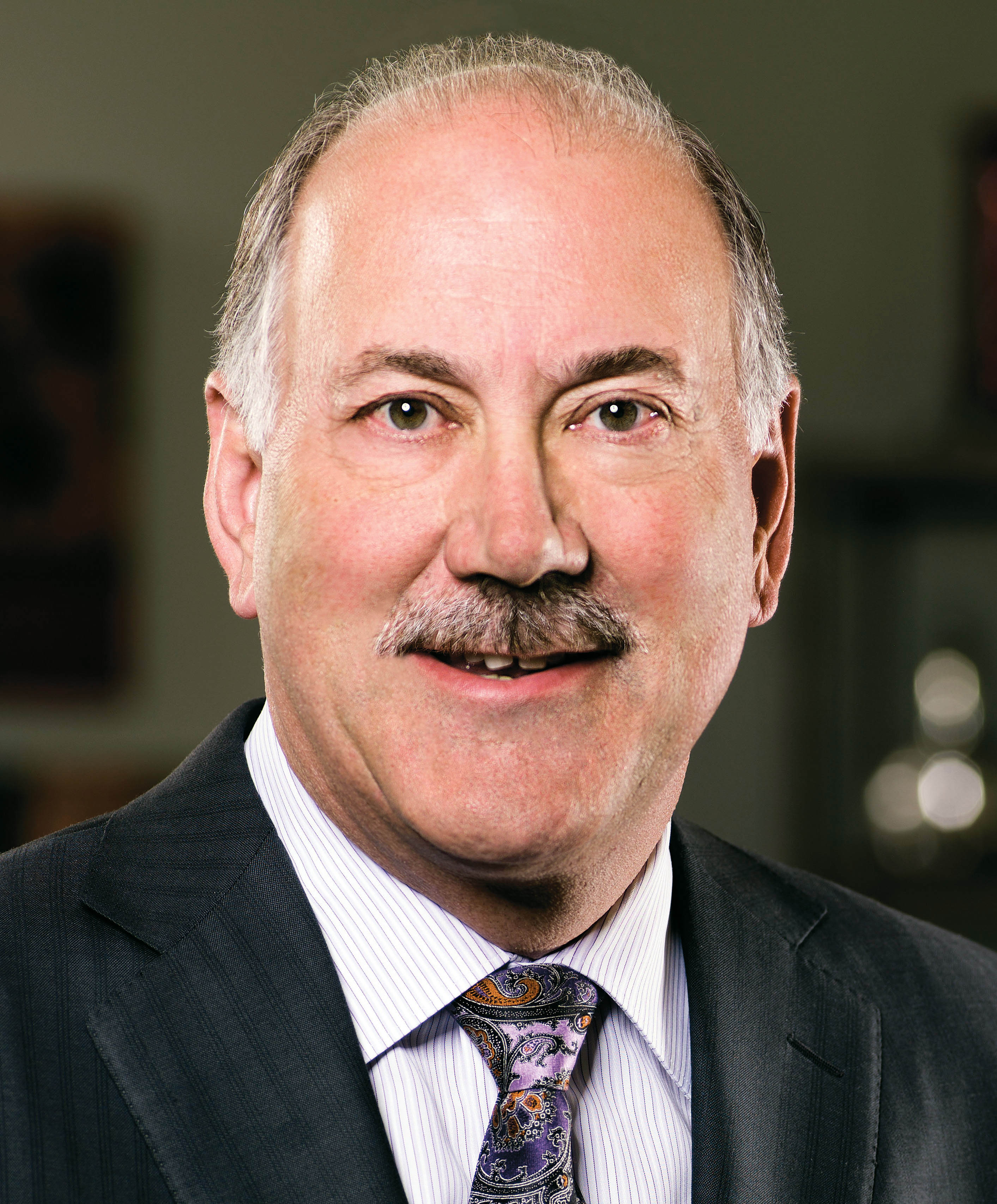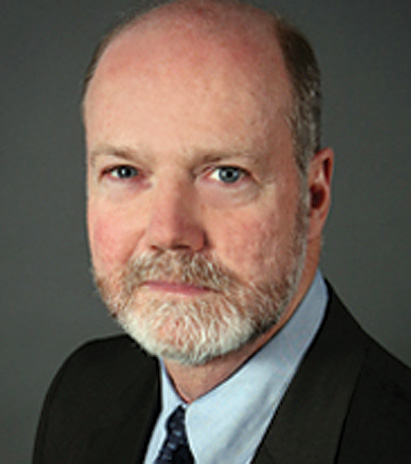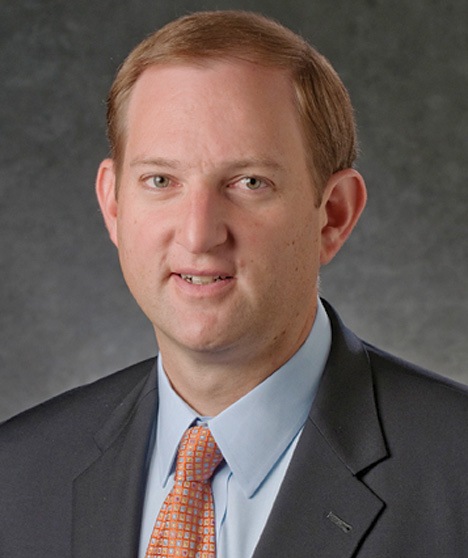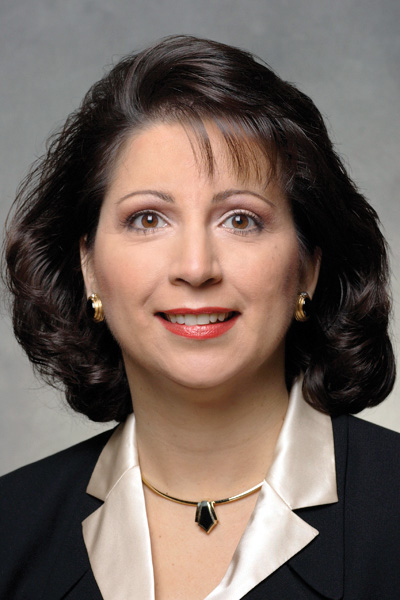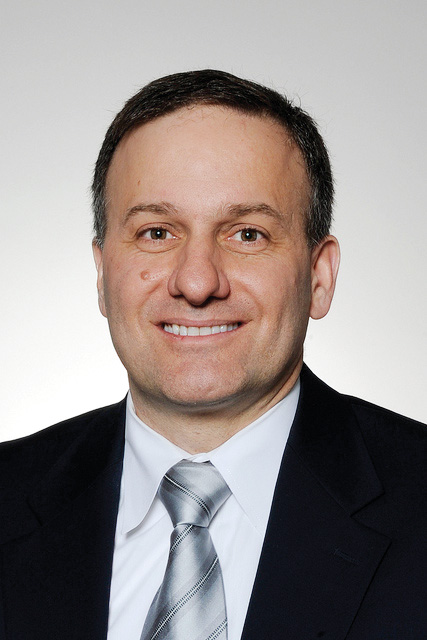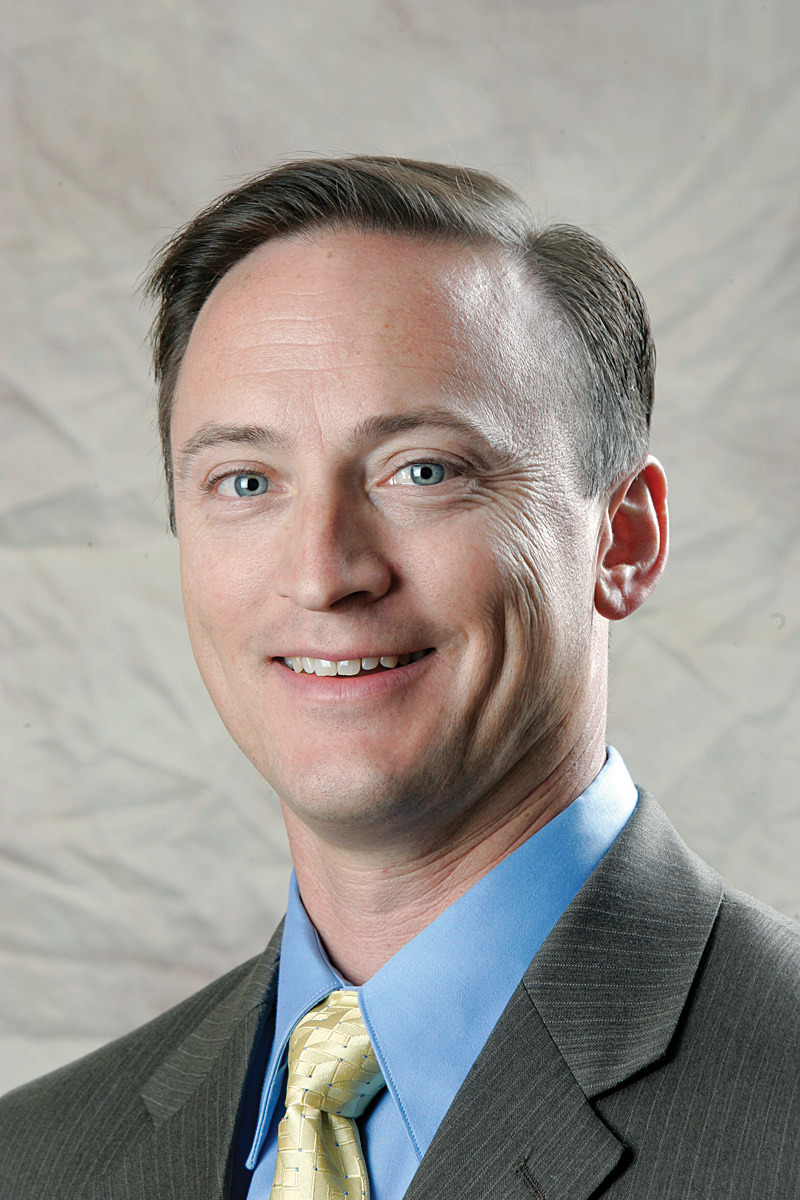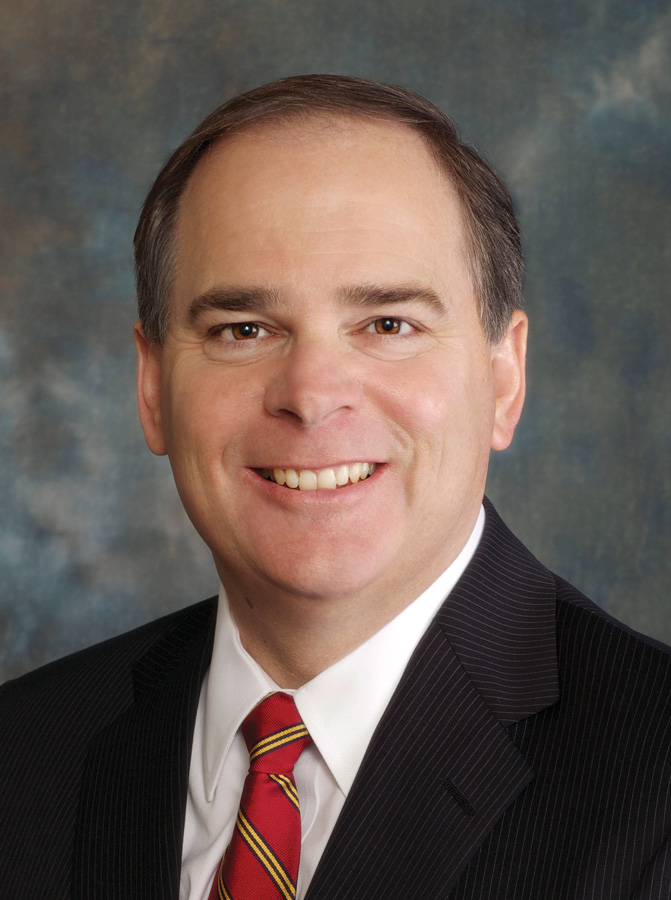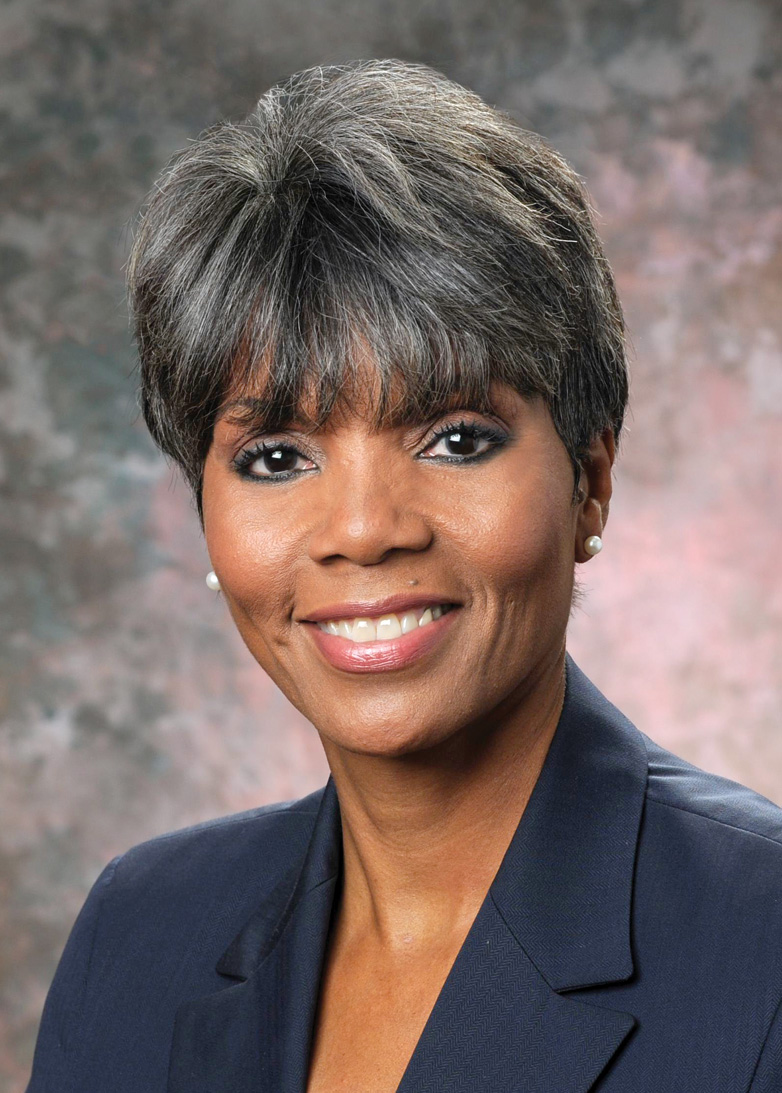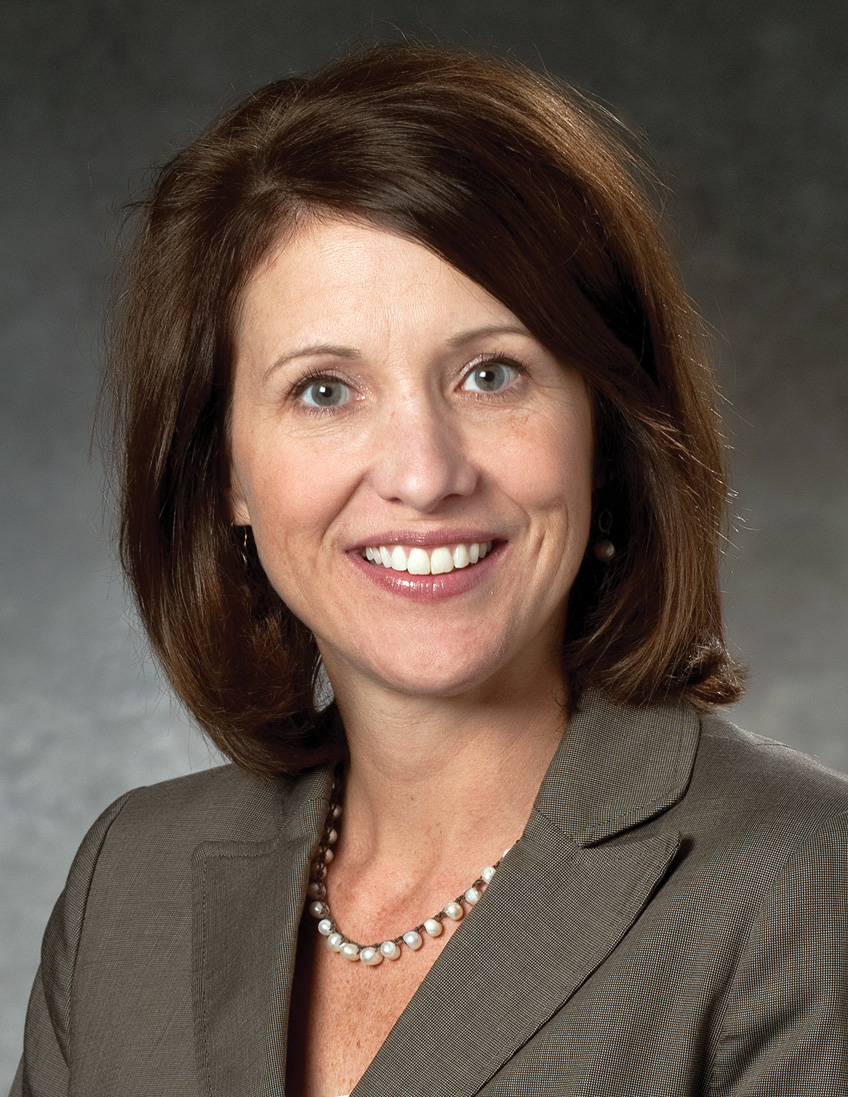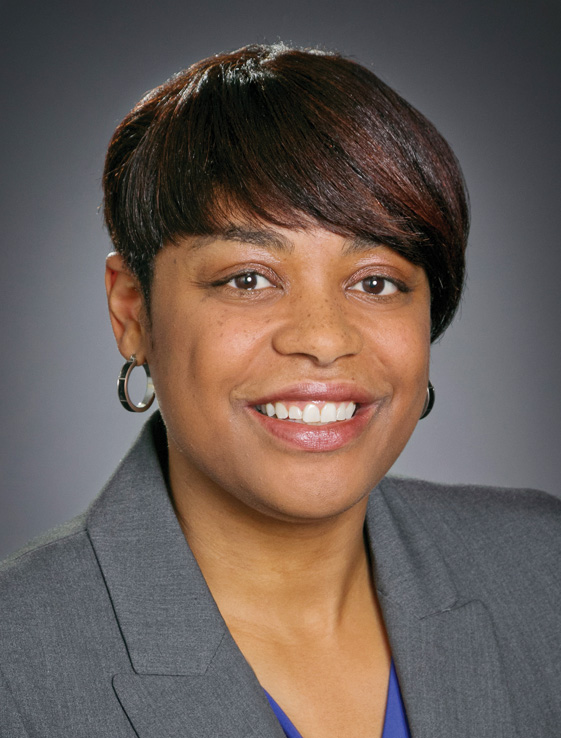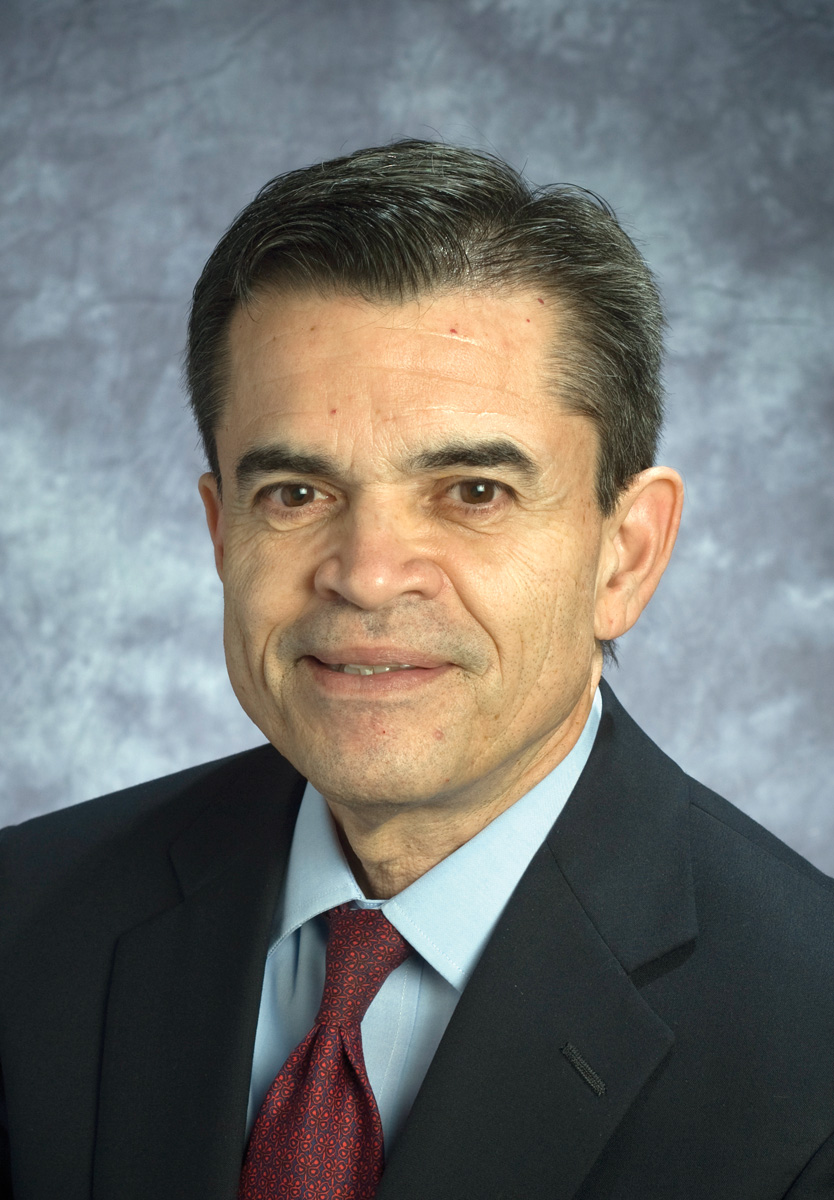Acouple of years ago a major consulting firm reported in a survey of its clients that two thirds of their change programs failed. This is a disheartening number that suggests an uphill battle for those seeking to make change. But notwithstanding such challenge, when CEOs and their top teams are appropriately engaged—and they demonstrate a critical set of change leadership capabilities—they can greatly increase their chance of success.
The skills and strategic capabilities required of the top leaders in a successful change program are more demanding than those of leaders at lower levels, and they serve to distinguish effective executives from competent department heads. Specifically, seven commonly recognized strategic change capabilities differentiate those who succeed from those who fail. Though many companies have had varying levels of success by implementing some number of these capabilities, experience working with several dozen utilities on major change programs suggests that success depends on mastery of each of them.
Anecdotes from these real-world experiences help to describe each capability and also illustrate how each has influenced the outcomes of various utility change programs. While the names have been changed to respect confidentiality, each story reflects a real change program experience at a North American utility.
Executive Teamwork and Coherence
In his seminal work, Good to Great, Jim Collins makes the point that effective CEOs start by getting the right people “on the bus.” Experience shows that strategy formation and execution is a team sport. Thus not only should the right executive team be on the bus, they also must work well together for a common purpose. This requires a CEO capable of building a team of people with strong and diverse interests, and also requires that each executive agrees on the norms necessary to achieve both their individual and collective objectives.
It’s unfair to expect even the strongest CEO to think that he or she alone can lead a senior team in a way that will overcome their individual strategic deficiencies. Each must step up individually. Introducing a major strategy change is an immediate test of the credibility of the CEO and the senior team as individual leaders—and a leadership team. Strategy change introduces high expectations and produces high stress, and this will challenge team cohesion every day.
Teamwork, however, doesn’t just mean getting along, and certainly not going along to get along. Instead, it means coming together in a way that provides the critical, coherent leadership that the organization needs. What does this mean?
Each member of the senior team brings a unique set of strengths and perspectives to the group’s work. They also have the capacity to drive change within their areas of the business where they otherwise enjoy considerable autonomy. The senior team will be stronger the more each member can share views, but this can also result in stressful exchanges. Given the amount of potential autonomy, each member must be willing to engage and also be determined to resolve critical differences.
This capacity to resolve or at least reconcile critical differences is important because as strategy is formulated, senior members must be able to translate it in a meaningful way for the parts of the organization that they lead. Importantly, this doesn’t mean alignment in the sense of just being supportive of the strategy. Instead, it requires agreement and an active engagement in the work of strategy and change.
Yes, each executive leader has autonomy as a functional leader, but each also must keep in mind the entire organization. It’s this paradigm that allows for truly constructive exchanges as leaders help one another to meld their individual functional capabilities into a coherent strategic whole. Just as in a football team, where offensive, defensive, and special teams coaches need to develop their game plans, that development must happen within the context of the head coach’s strategy. Utility executives face a similar challenge to ensure their coaching is never done in a vacuum.
At the same time, an executive’s ability to fully engage in the work of the senior team is inherently personal. Each member of the top team must be comfortable working with the others in an authentic and open manner. If this is lacking, the top team members will be susceptible to giving mixed signals that will tend to defuse the overall utility strategy. The most effective CEOs recognize this and work with their direct reports both individually and as a team to build their capacity for openness and candor. They’re also sensitive to the need to capture the norms that shape such behaviors, so that any new members of the team can more easily be assimilated.
The approach of two different utility executives to top team building helps to illustrate the importance of managing the personal commitments involved in setting the stage for strategy. An executive named Jean worked with each of her direct reports to understand their interests and any concerns they had with one another, and with strategy execution. The subsequent dialogue made it possible for her to manage group interactions and the strategy formation process, getting a work product that each executive could authentically embrace. She worked diligently to identify and resolve key differences, always respectful of the sincerity and desires of the individual leaders involved.
Mark, on the other hand, didn’t feel comfortable with the kinds of personal, heartfelt interactions required for real sharing. He was, instead, satisfied with more formal relationships among senior team members. While Mark’s group would share, the dialogue was generally more superficial than that of Jean’s team, and often served as a smokescreen obscuring the fact that all team members felt at liberty to pursue their own agendas within their utility functions. The lack of coherence that resulted for Mark’s strategy ultimately doomed his change efforts when one of his leaders enlisted the aid of the board chairman to actively work against his agenda—ultimately resulting in Mark’s early retirement.
Customer-Centric Vision
Gaining cohesion and working to get the senior team to gel pays significant dividends when the CEO initiates work on formulating a new strategy. The open dialogue that’s fostered allows each of the senior leaders to put their fingerprints on it, making it more difficult later for them to disavow the vision when times get tough. It’s also a critical step in preparing the senior leaders to each communicate details that will build a coherent understanding within their functional groups in the utility.
Developing a competitive vision for a utility, however, presents a special set of challenges. Utility cultures are shaped by regulatory mandates, obligations to serve, and capital requirements that can constrain strategic change. Utilities also have a special public service function that employees from top to bottom take pride in—and which also often constrains strategy.
The most successful utility executives approach strategic change with a respect for their public service mission, while simultaneously capitalizing teamwork of the executive leaders. Three factors here become especially important.
First, any strategic change needs to be explained in concrete terms that make it clear the likely public service benefit—i.e., the customer benefit. The work in most utilities is decidedly concrete and heavily process oriented. Whether it’s a customer connection, transmitting supply, or collecting on a unpaid bill, there’s little about utility work that’s inherently abstract. As a consequence, the case for change needs to be concrete and answer the simple question, “Why do we need to change and how will the public—and the utility—benefit?”
Second, the answer to this question of benefit implies that the launch of a new strategy should include clear decision-making criteria. Such criteria should make it possible to determine in any situation whether the employee’s conduct is congruent with the new strategy. This is important to help people understand how to be successful with the new way of doing things.
Finally, it’s important to craft a new strategic vision in consultation with the extended senior leadership team—i.e., the next 10 percent of managers below the level of the executive team. Why? Since the responsibility for explaining and socializing the new direction within the organization will be theirs, they’ll have useful questions and suggestions to help clarify the vision for others. It’s critical that they understand the new strategy and also that the new strategy capitalizes on the issues and opportunities that are perceived at the front lines of the organization.
To see these principles in action, consider a utility that launched a new strategy to create an improved customer experience. The utility started with discussions among the senior officer team to understand the basic outlines of the challenges. Then department heads and directors were engaged to understand what a top-notch service experience would look like and the barriers that would need to be overcome. This dialogue revealed that all too often hand-offs broke down as a result of internal squabbles, or because staff decisions were too policy oriented, so no vision of improvement would be credible unless these issues were addressed. Still, these discussions also made clear that there were many opportunities to improve the customer experience with only modest investment.
As a consequence, a vision and decision-making criteria were formulated, and summarized with a slogan: “Ours is a partnership.” This captured the intent of wanting to work more cooperatively, both internally and with customers, to improve the value of all work performed. As this and an associated reorganization were implemented, employees throughout the company could be seen challenging one another when they saw partnering breaking down, demonstrating both mastery of the intent and commitment to the value of the vision and new behaviors it required. And the importance of the vision, since it was crafted in a dialogue with senior levels, was always easy to explain and illustrate.
Cultural Re-engineering
Peter Drucker pointed out that “culture eats strategy for breakfast,” so, of course, senior leaders pursing a new strategy must also consider how their cultures will need to change to support a new way of working.
It might seem like a harsh judgment, but utility executives who attempt to achieve major strategic change through a radical restructuring of their cultures—i.e., with posters, new sets of values, and flowery catch phrases—are on a fool’s errand. The regulatory, service, and capital requirements that utilities face create significant inertia, so an evolutionary rather than a revolutionary approach to changing behaviors is better advised. Even with a major smart grid remaking of a utility’s operations, there will still be more that is unchanged than is changed, certainly for the first several years.
From elaborate culture concepts like those in Gerry Jonson’s “cultural web,” to much simpler conceptions of values, norms, and assumptions, different authors emphasize different factors in describing culture. The definition that seems to work best for utilities, however, focuses on culture as habitual behaviors. This allows for a much more straightforward and concrete description, ideally with the culture design described as simply the behaviors required to achieve the new way of working envisioned by the strategy.
How does an organization go about defining a new way of working? Easiest is to start by identifying behavioral barriers to achieving the strategy. In other words, what habits or behaviors will need to change? If, for example, a continuous improvement strategy is envisioned, a tendency to do things uniquely in every part of the utility might need to cease, so greater process consistency can be achieved.
The most likely barriers pertain to six factors. Given the inherently dangerous nature of utility fieldwork, any barrier to working more safely should get immediate attention. Then there are barriers to decision-making, teamwork, managing conflict, and—because mastering new behaviors perforce requires it—organizational learning. Finally, in a separate category due to its importance, are barriers to trust.
In defining new cultural requirements, the advice of Stephen M.R. Covey on trust is especially useful. His research notes that low levels of trust impose a tax on any change or strategic effort. Conversely, having high levels of trust pays dividends by accelerating results. The implications? Any set of new behaviors should explicitly seek to resolve critical trust deficiencies as well. Experience shows the most common utility trust issue is related to the failure to listen well.
The best culture change strategies for utilities acknowledge the unchanging nature of their missions while also focusing on barriers to making desired behaviors more habitual. By specifying desired behaviors, a utility makes strategic change more concrete and easier to grasp. By addressing trust issues, new ways of working will evolve more rapidly. Finally, since culture is the expression of leadership, any change will have to start with the executive and senior teams modeling the new behaviors they desire.
Competence and Confidence
New strategies mean new behaviors and competencies. While this might involve some level of formal training, coaching and modeling are usually as important, if not more.
Senior teams are constantly in view and during periods of strategic change people throughout the utility will attempt to understand by observing the actions of the senior team how expectations are changing and what the new way of working is supposed to be. This means that senior leaders play an important role to both model new ways of working and in teaching others. They’ll teach when they share information; they’ll teach when they point out mistakes; and they’ll teach even when they don’t realize anyone is watching.
As a result, development of new behaviors logically must start at the top of the organization. The more cohesive the senior team is, the better equipped members will be to call out mistakes and help one another model the desired new way of working. Ideally this coaching should happen as close to real time as possible.
Time and time again, it’s been shown that the need to teach and coach can be a difficult challenge for senior leaders of strategic change. While senior leaders understand the importance of speaking and conveying their strategic expectations, they sometimes overlook the importance of the role they play in modeling, coaching, and providing feedback to one another and their people to master new ways of doing things. The most successful senior utility leaders exhibit four essential characteristics that make them effective teachers and coaches.
First, they’re conscious of their own conduct, and they’re quick to acknowledge mistakes they might make, in an effort to improve their personal performance. This humility is critical to accelerating their own mastery of new behaviors and to make learning less threatening for others.
Second, they’re willing to call out mistakes in a way that challenges the result, not the person. This requires the ability to be direct, and a presumption of positive intent. It also requires being on the lookout for learning opportunities and teaching moments. If the utility is trying to empower greater decision making, for example, the senior leader will want to question whether it’s appropriate for certain decisions to be made in executive meetings: “Should we be entertaining this recommendation or turning it back to the department to take whatever action they deem reasonable?”
Third, the best teachers foster in others self-reflection, not dependency. They use dialogue instead of lecturing to help others think through their actions and figure out on their own what they could’ve done differently. In other words, they respect the capabilities of learners and leave the responsibility for learning with them, taking on the role of a guide.
Fourth, senior leaders who are great teachers understand the importance of controlling stress. Learning can be inherently stressful, so great teachers tend to be both patient and enthusiastic. When others are struggling to master new behaviors, they’re patient, encouraging, and steadfast in their confidence the new ways of working can be achieved. At the same time, they’re also enthusiastic and eager to celebrate early successes and share the experiences of early adopters to provide models for others. In these ways they make doing new things more accessible and less scary.
Modeling, coaching, and teaching is difficult and demanding work, and this can be stressful even for the most skilled and successful leaders. The senior teams that are most effective seem to naturally find ways to have fun together. The quipping or kidding that takes place is cathartic and helps to control stress levels. If senior teams quell the fun and they get too serious, mistakes rapidly become threatening and serious as well. In our experience, executive teams that take the time to develop personally supportive relationships find coaching easier and more likely to be received as helpful, rather than embarrassing.
Executive Resolve
In launching any strategic initiative, it’s common to use broadcast communications (e.g., CEO emails or corporate communication news releases) and public display materials (e.g., posters). These formal communications need to make clear why the change is important. But while formal communications are necessary, they aren’t sufficient for conveying executive resolve.
Executive resolve is communicated most clearly not by an endorsement of a strategic change, but by a deep personal dissatisfaction with the status quo. Daryl Conner and other authors speak of the importance of creating and maintaining awareness of sponsor dissatisfaction. This needs to be personal and conveyed in both public and private settings. This helps others understand why the reasons for change are personally important to the leader.
The approach used by one utility is particularly instructive. Harold, the CEO, launched an effort to build an improved customer experience by sending a letter to every employee’s home describing his strategic change vision and its importance for the utility and himself personally. He then followed up with his executive team by making a regular agenda item his concern with seeing measurable progress. Finally, he spoke with the members of the executive team individually to make certain they were each aware of his concerns and determination. In the end, no one doubted his resolve, or the executive team’s resolve, to make the new strategy a reality.
Harold’s experience points to an important dimension of resolve: the ability to manage endings for the organization. In expressing dissatisfaction with the status quo, it’s important to be very clear about what needs to end in the current way of working.
Endings come in three forms. The most evident are endings involving behaviors and the way work is done. For a utility intent on going paperless, for example this would mean ceasing to print out material.
Less evident but perhaps more important are endings in the way people think and feel about the current way of working. If a continuous improvement strategy required fewer unproductive meetings, for example, people might have to stop scheduling meetings in one-hour increments, or worrying that people will feel left out if they aren’t invited. Becoming aware of these tendencies that need to end will make it easier for the executive team to express personal dissatisfaction whenever it occurs—dissatisfaction in the behavior or tendency, though, not the person.
Finally, resolve sometimes has to be expressed by a willingness to appropriately reassign or even terminate employees. This is never easy and especially when the people affected have always done what was expected of them, but now can’t seem to make the transition. Nevertheless, nothing is quite as discouraging for those trying hard to embrace a new strategy as seeing and trying to work with others who make no effort. Tolerance of such behavior is the surest way for an executive to have her or his resolve questioned.
Emotional Control
Change can prompt strong emotions and, as people first and foremost, senior leaders aren’t immune. Still, most of the work executives must do to lead strategic change requires they hold their emotions in check.
Ronald Heifetz discusses how to do this by using the analogy of “getting on the balcony.” By this he means being able to detach oneself from the change to observe how others are reacting and performing. This capacity to be self-reflective is critical to being sensitive to the needs of others and maintaining the patience required to control the level of stress in the organization.
Phil Quigley once noted, “there are no maps of uncharted territory.” This is an apt description of most strategy changes. In taking the utility to a place it hasn’t been before, executives need to be cautious of the potential for any number of fearful unknowns to arise. These can sometimes be outlandish, like an employee alleging the whole purpose of the change is to eliminate his or her job. Still, an executive on the balcony will respond not by denouncing the proposition, but with an eagerness to listen for the teaching opportunity. The key is to maintain the capacity for self-reflection.
How to become more self-reflective? First, senior leaders need to be mindful of their emotional states and avoid reacting to what they perceive is happening around them. When the executive sees something upsetting, it’s helpful to stop and ask, “What’s required to maximize the learning potential in this circumstance?” Finally, at a later point—and ideally daily at some regular time—reflect on what you’ve learned as an executive to make you a more courageous and empathetic teacher during periods of profound change.
One executive used an external consultant to help him control the emotional content of difficult conversations. He would share the feelings the situation had created and his plans to control the emotions in the discussion. This approach—planning it out before talking it out—is something anyone can practice, but it requires a period of detachment to sort things out.
Stakeholder Allegiance
Finally, strategic leadership requires the ability to orchestrate the involvement of all the parties, both inside and outside the utility, who are critical to the success of the change.
Within the organization it means executives building sponsorship of three distinct kinds. Among the executive team, this means assuming a full-throated responsibility for the implementation of the strategy, including communication of intent and personal dissatisfaction with the status quo. It also means establishing project leaders who can sponsor and lead the development of various process, system, and behavioral tools or training necessary to master the new strategy. Finally, it also means operating sponsorship and succession—managing responsibility for the strategy among senior leaders in the utility and developing future leaders who eventually can take up ongoing sponsorship of the strategy.
Outside of the organization, executives need to identify key stakeholders and think through ways in which they can be engaged and influenced. Sometimes this requires, as W. Kim Chan notes, understanding the interests and motivations of key third parties. In a utility, for example, this might mean understanding the interests of union stewards and a willingness to help them achieve their objectives. The senior leaders at one utility, understanding the benefits related to a strategic relocation of its offices, were able to mitigate dislocation impacts by granting a transition allowance requested by union leadership. This enabled the union leaders to reinforce their role as helping and defending union members, while also winning over the employees whose productivity was obviously important. Interestingly, the cost was one-third what replacement would have been, and the change was implemented with an immediate gain in productivity of greater than 5 percent.
Executives who seek to develop stakeholder allegiance will find it very important that they establish reputations for being reliable and consistent. One way to accomplish this is to under-promise and over-deliver on commitments. Equally important is holding oneself and others accountable for actions and results, behaviors that start with teaching and coaching within the executive team itself. However, executives shouldn’t overlook the importance of asking for and granting forgiveness as new skills are mastered.
Finally, with the speed and openness of electronic communications, transparency becomes increasingly important to build and maintain trust with all stakeholders.
Leading the Change
There are few places where the phrase “tone at the top” has more meaning than in setting and implementing strategic change. Effectuating the culture change that’s inevitably required is no doubt a very difficult and arduous leadership task. This can be even more acute in organizations like utilities, which often have a long history of how things are done and, until the past half decade, haven’t felt the pressure of external forces like many other sectors.
Although there’s no perfect roadmap for assuring a successful change program, the strategic change capabilities demonstrated by the industry’s most successful utility executives create a path that increases the likelihood of success.
